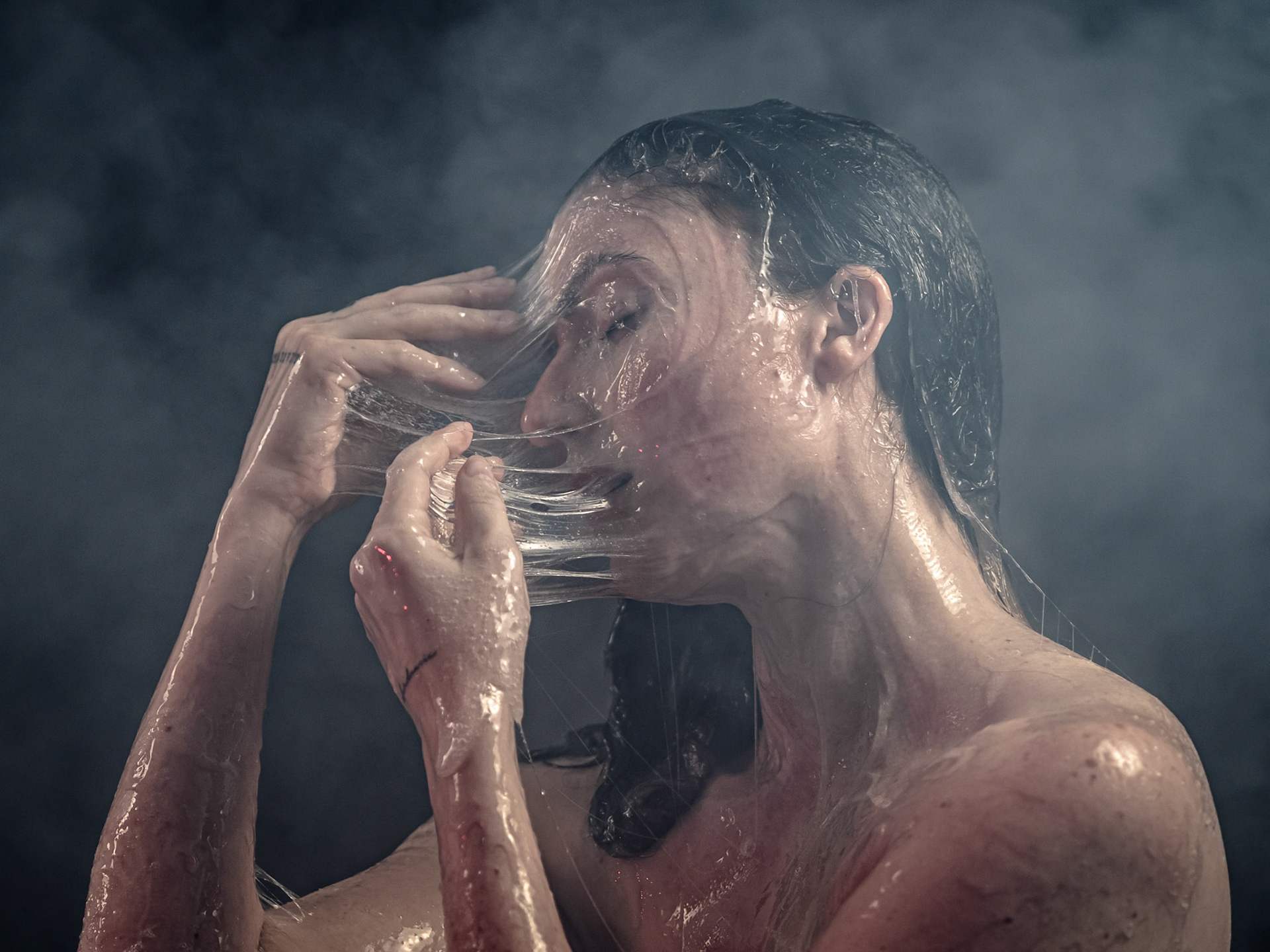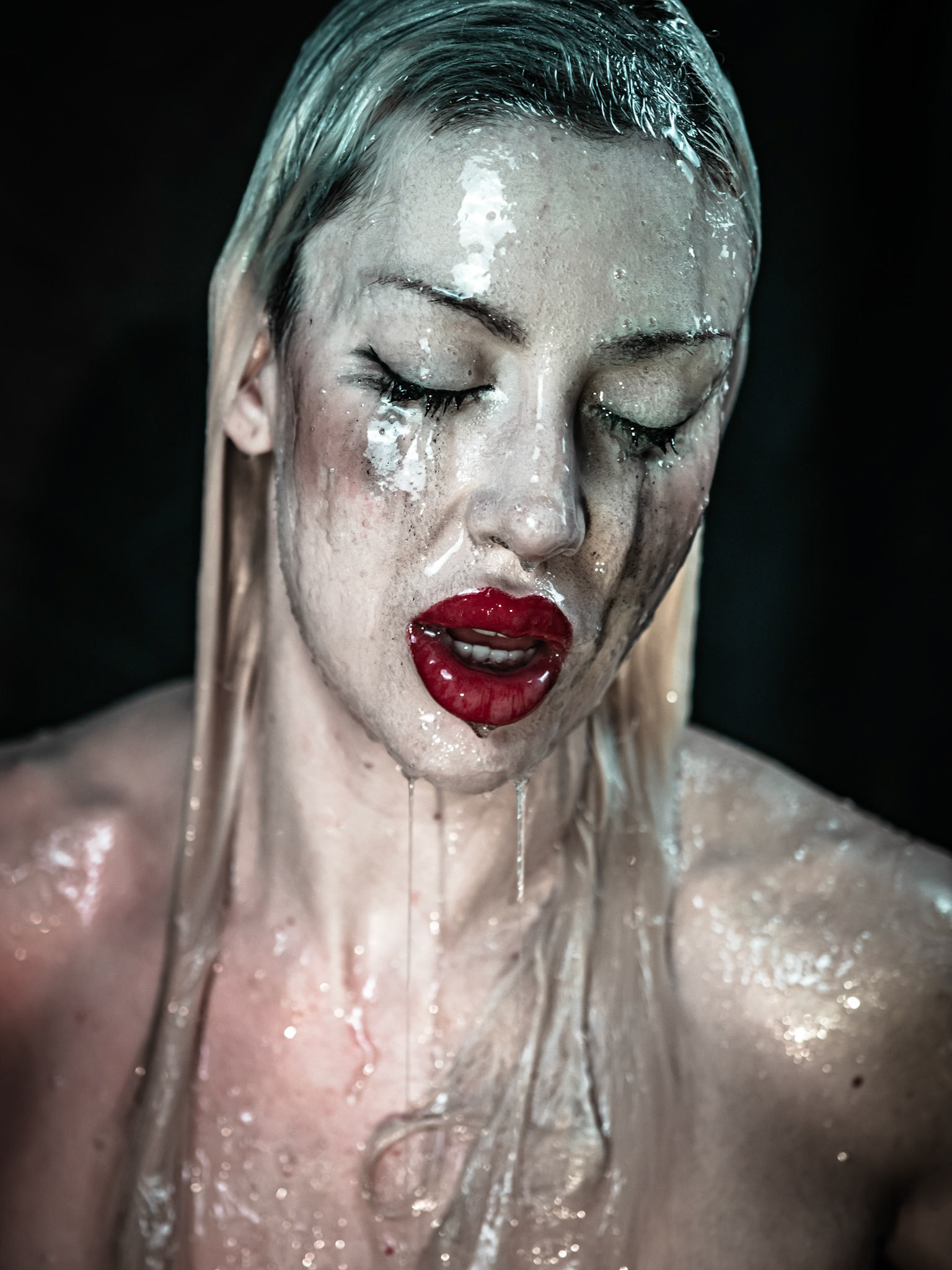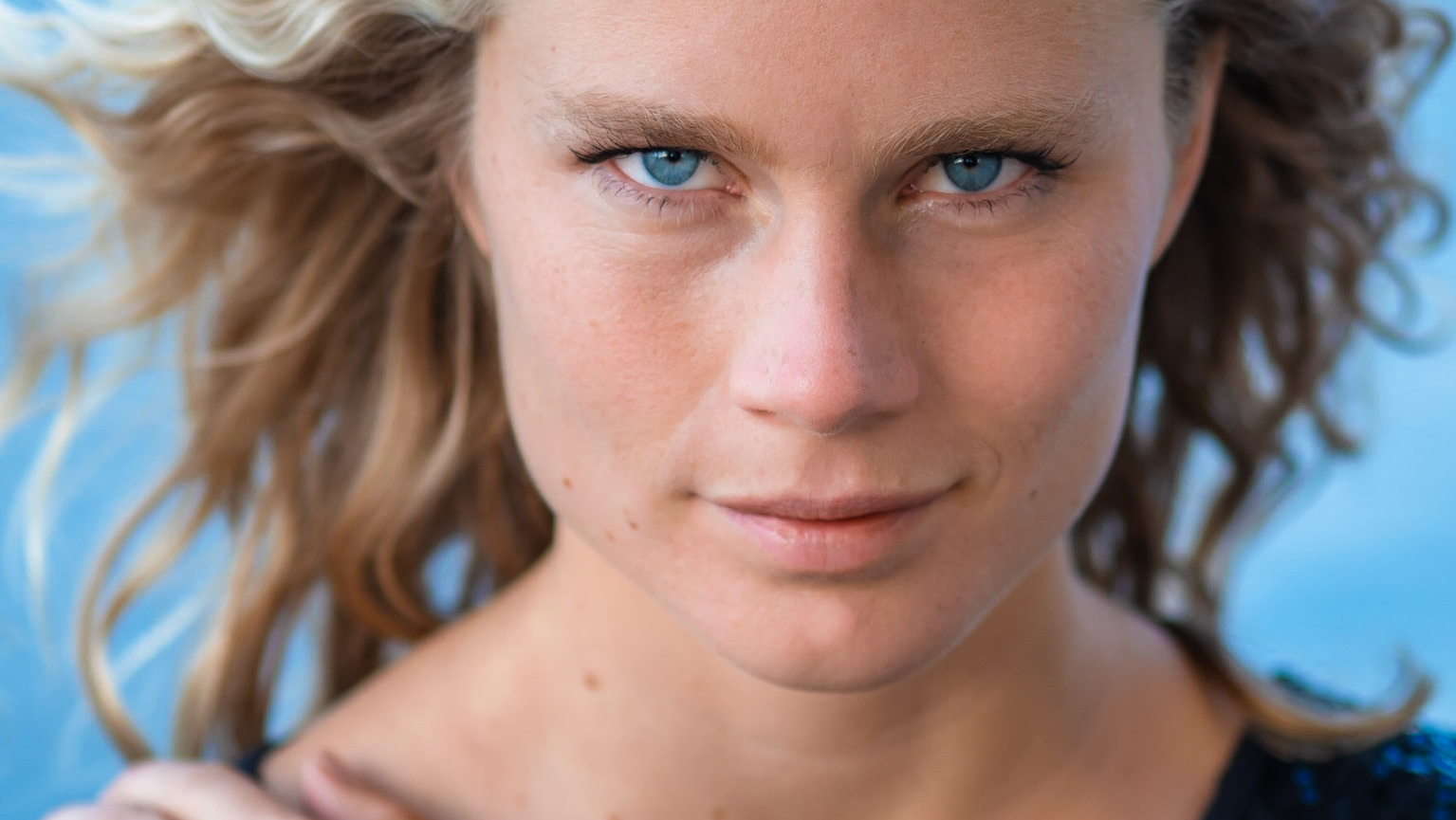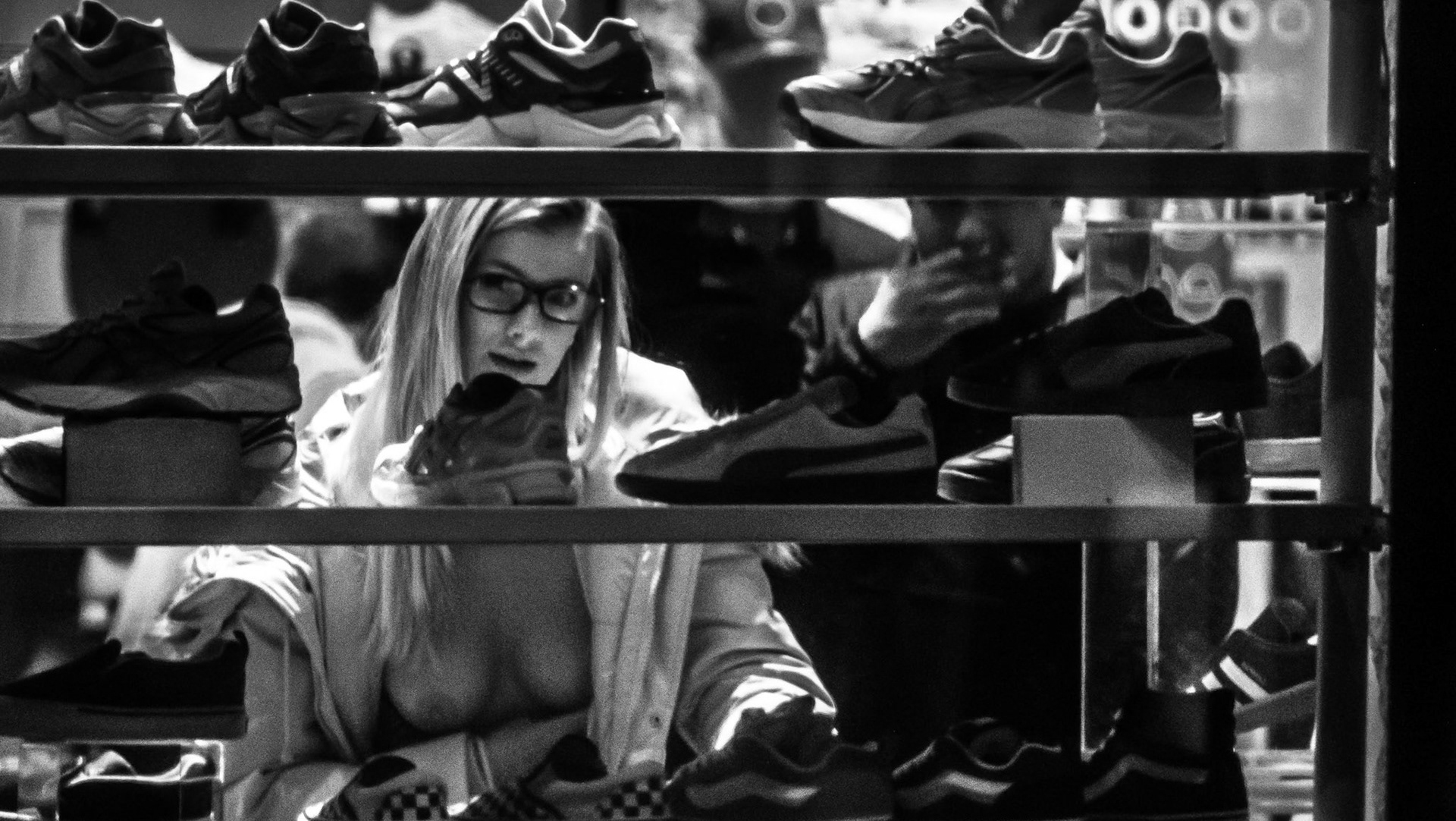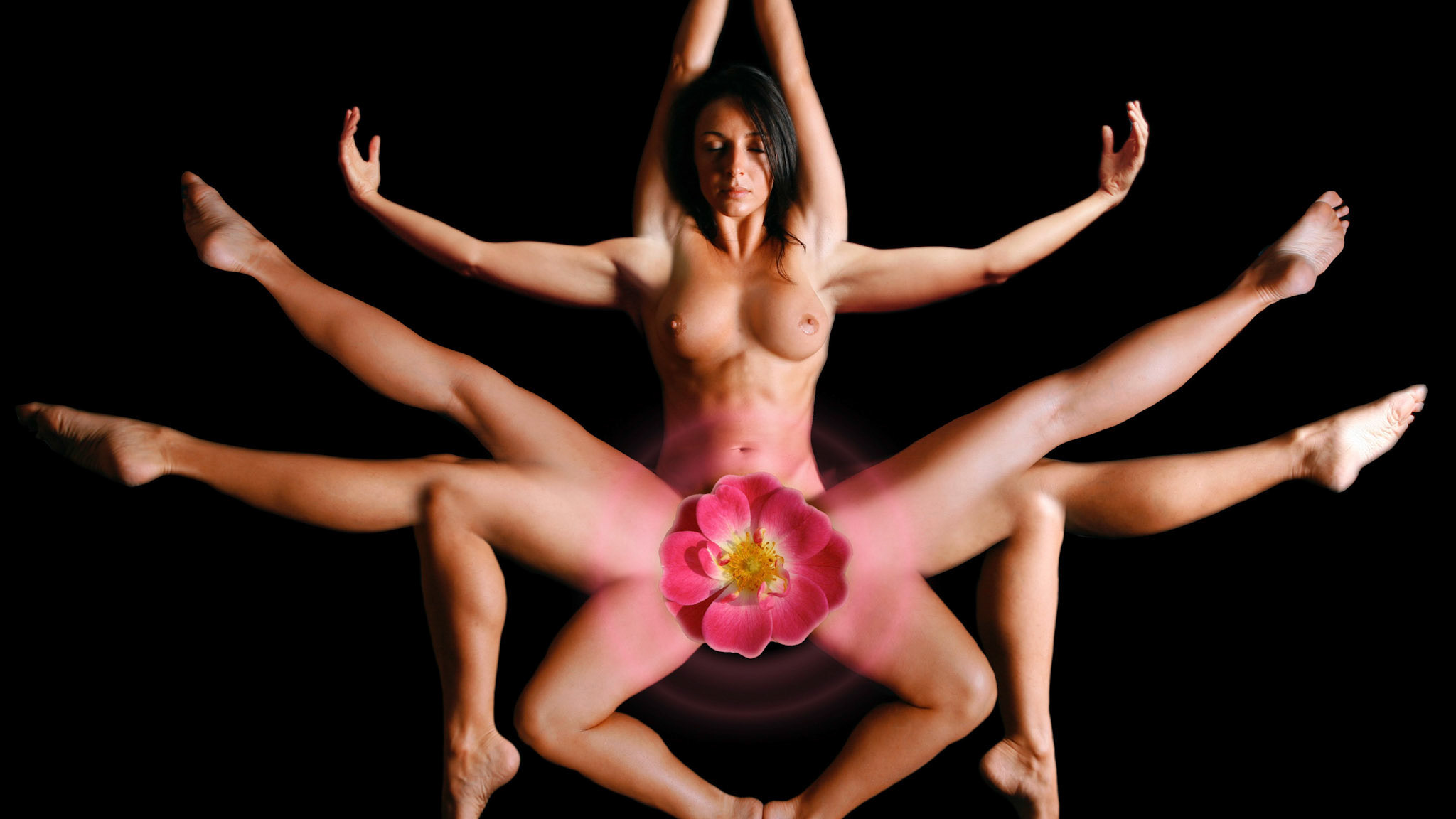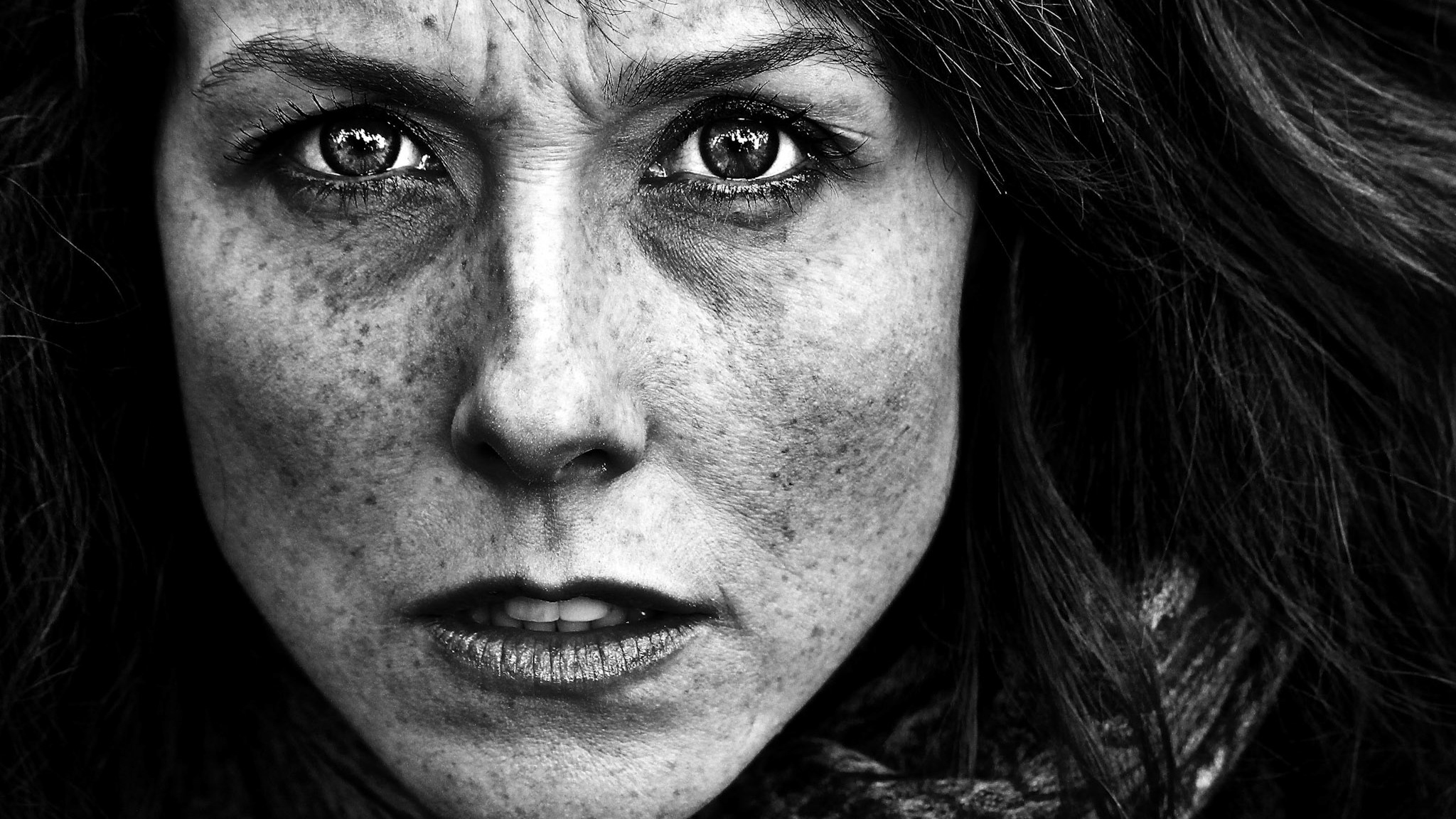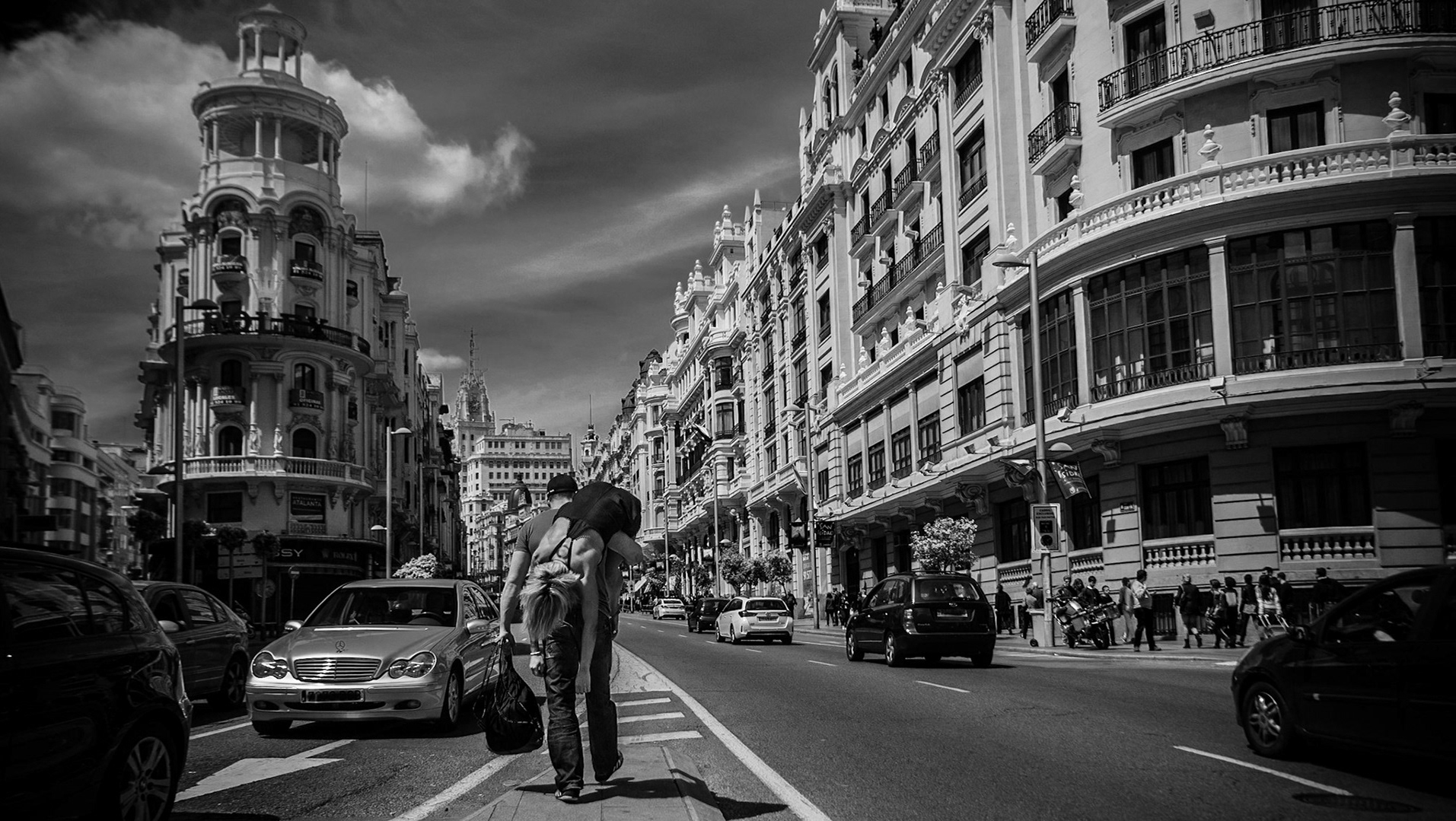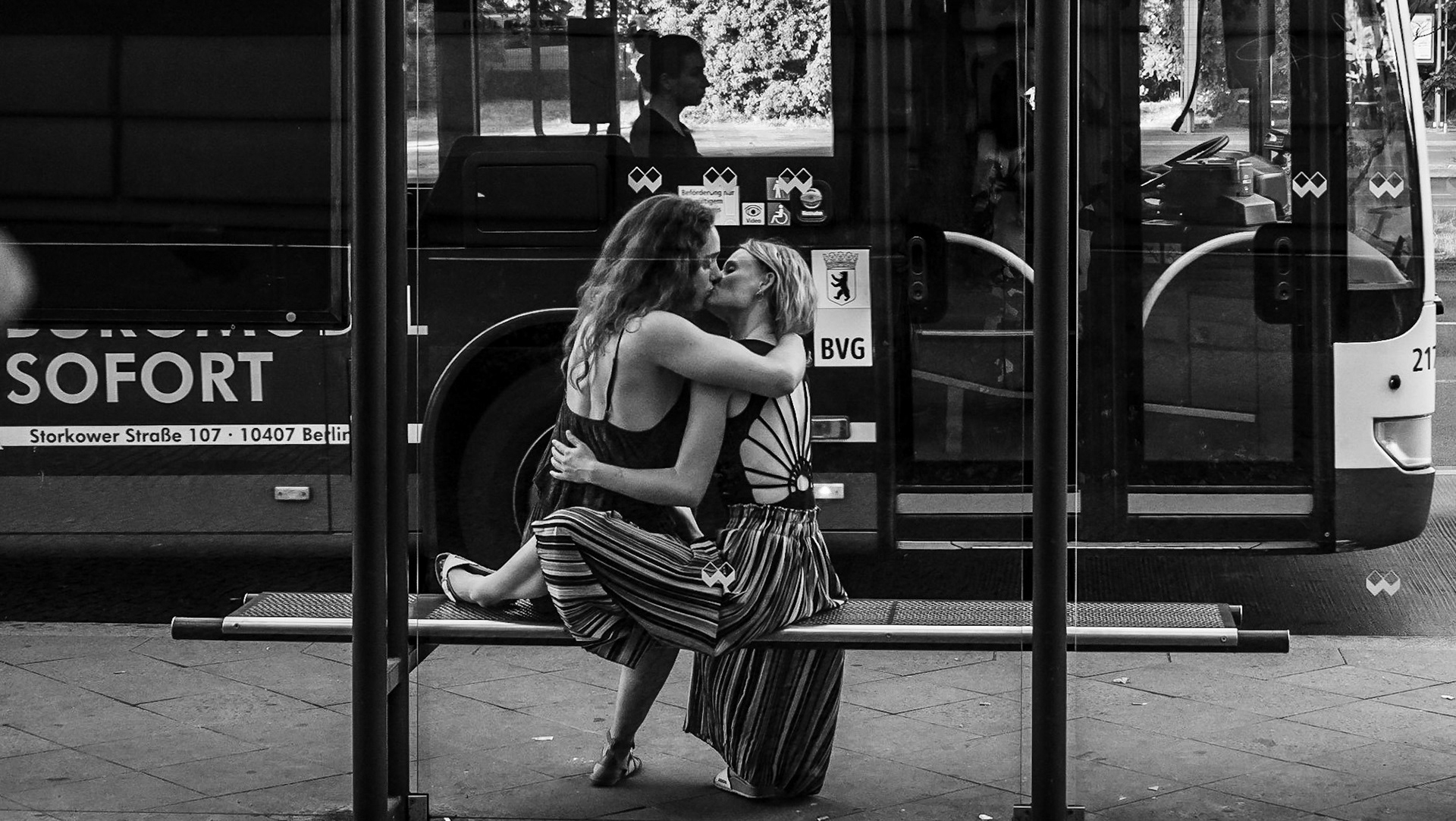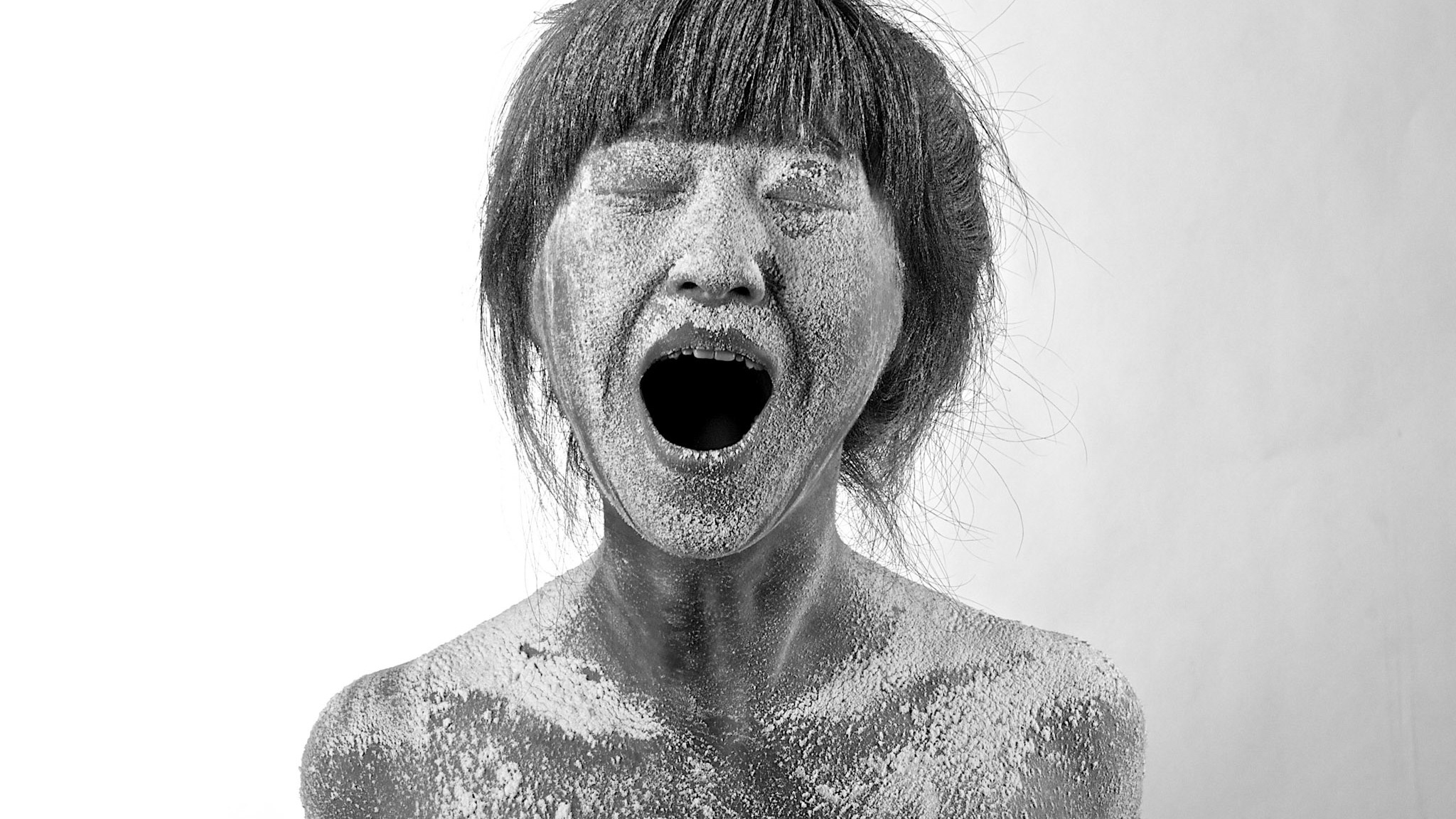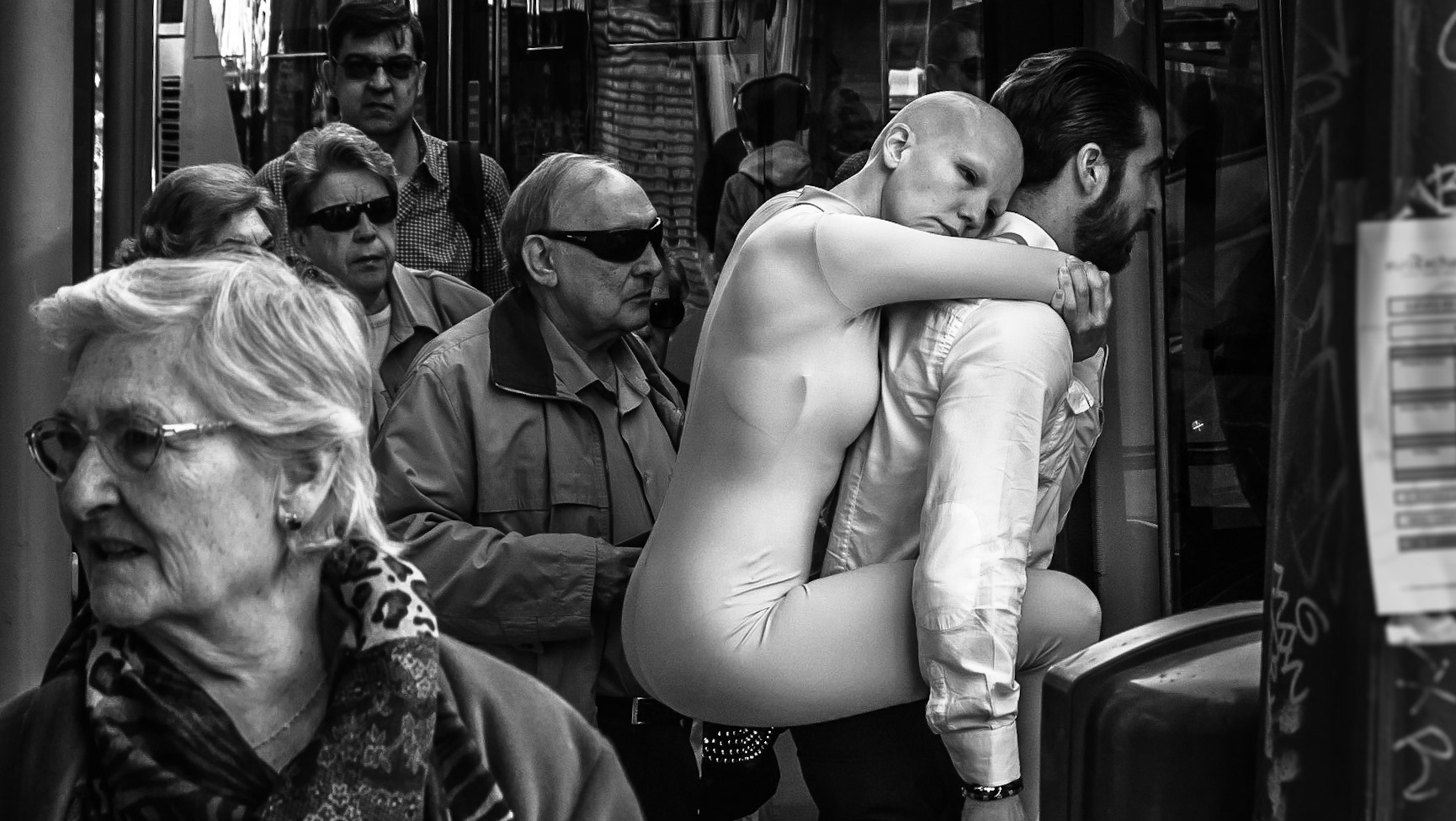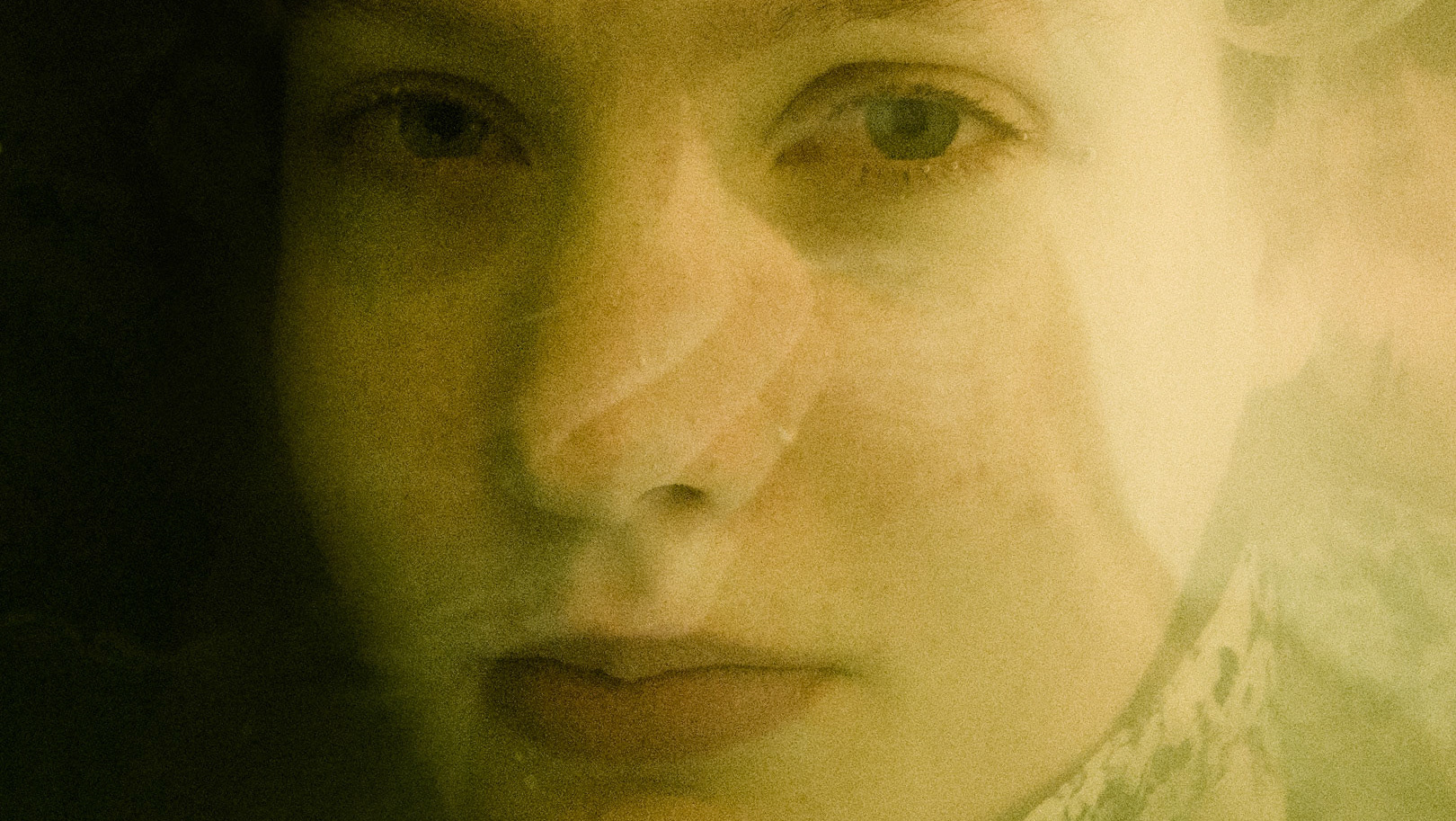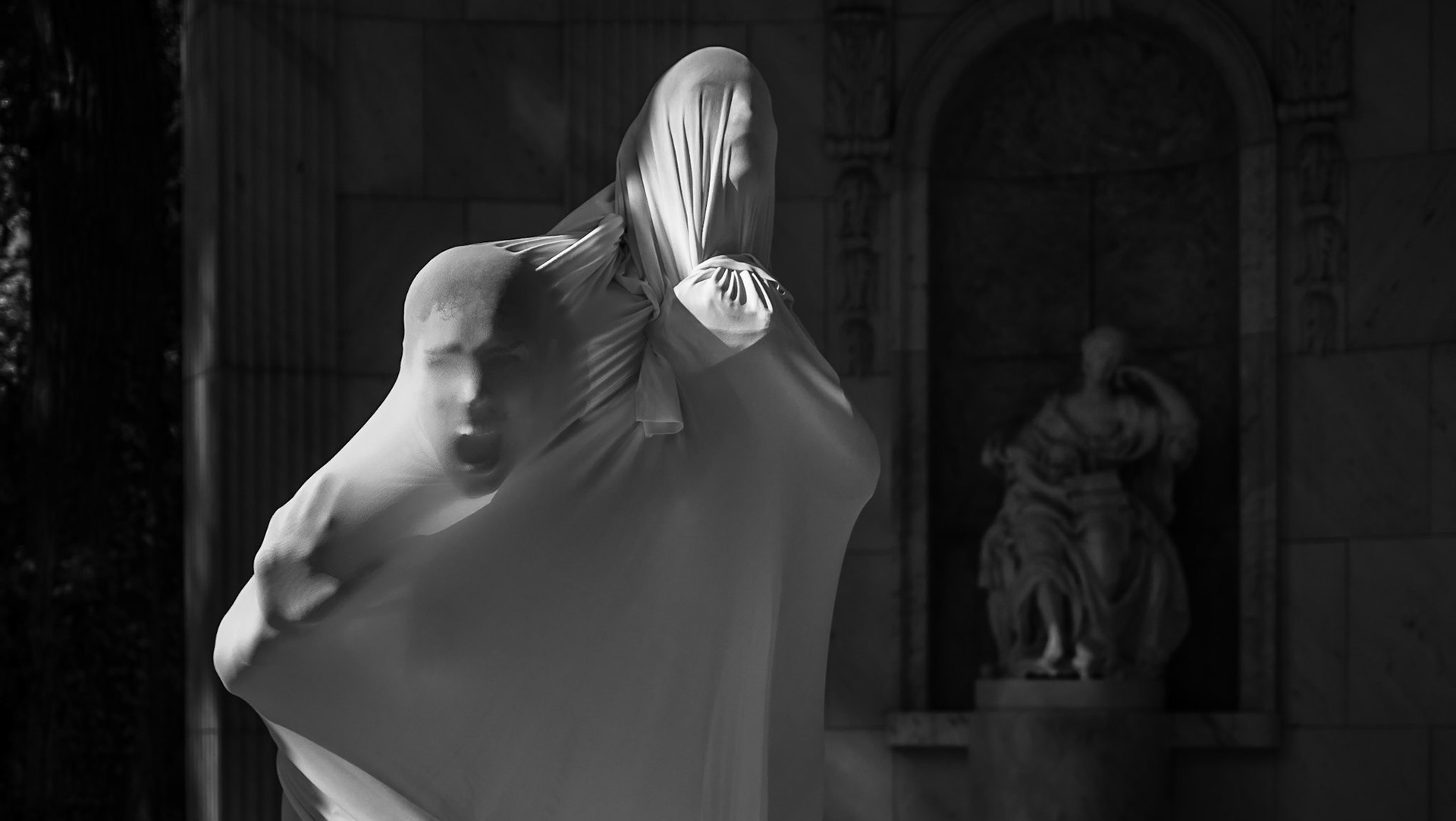Visceral explores the entanglement of human emotions through a striking visual metaphor—transparent, viscous slime symbolising the persistent nature of negative feelings.
The series captures moments of raw intensity as individuals struggle against this material, illustrating the burden of emotions like grief, anger, and fear. The varied color palette—from stark monochrome to moody blues and warm tones—reflects shifting emotional states.
Black-and-white images strip away distractions to reveal raw emotions, while coloured lighting adds psychological layers, with blues evoking melancholy and warmer hues representing transformation.
This interplay mirrors the fluid nature of human emotions and the process of moving from despair to awareness. Visceral invites viewers to reflect on their emotional journeys and the strength required to release inner burdens, creating a primal resonance that transcends words.
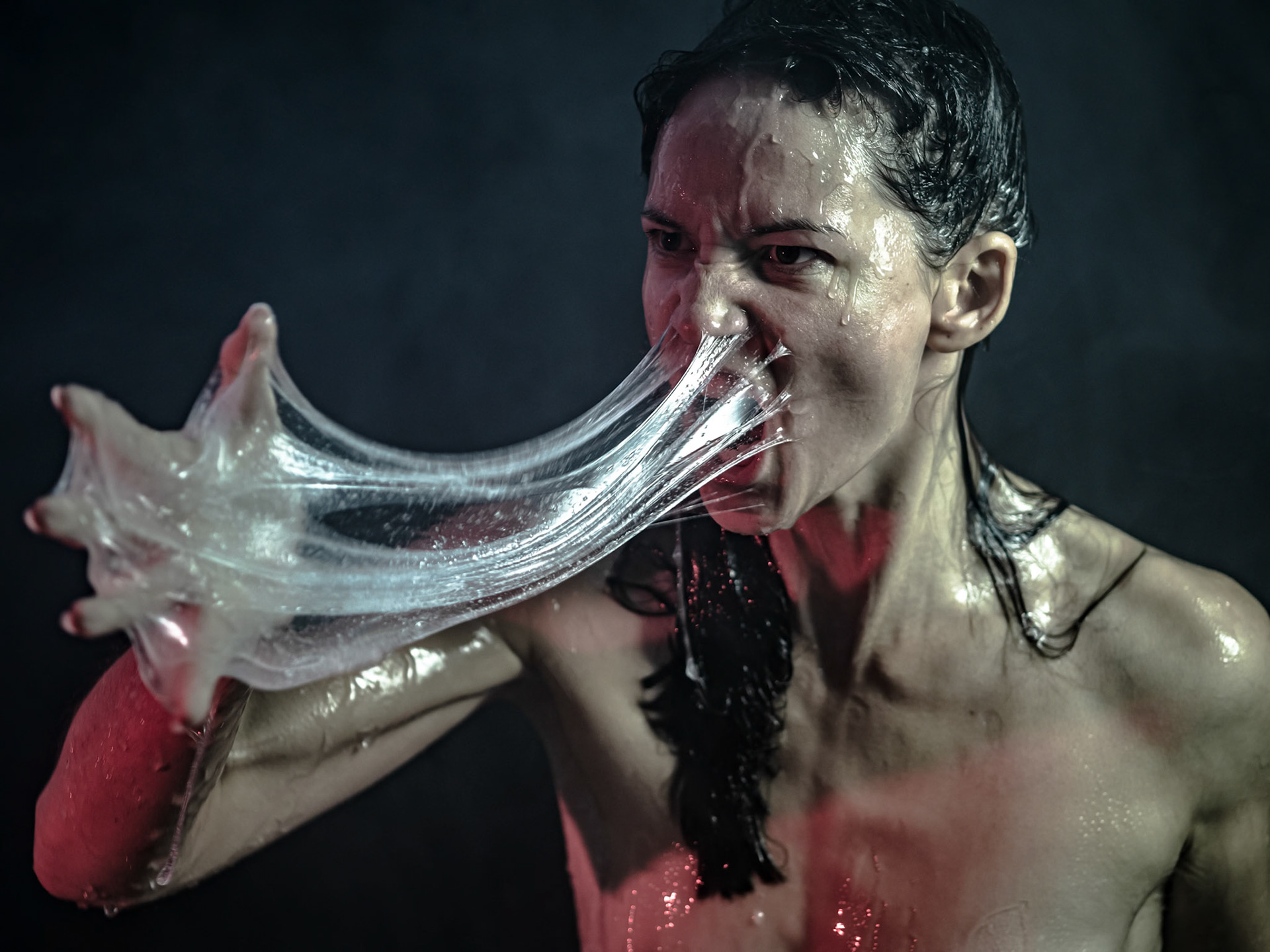
The process began by discussing emotional burdens. The model pressed the slime against her face, embodying the resistance to face inner struggles. She expressed frustration as if the slime represented external judgment. The photographer asked, "What are you refusing to see about yourself?" The model looked at the camera.
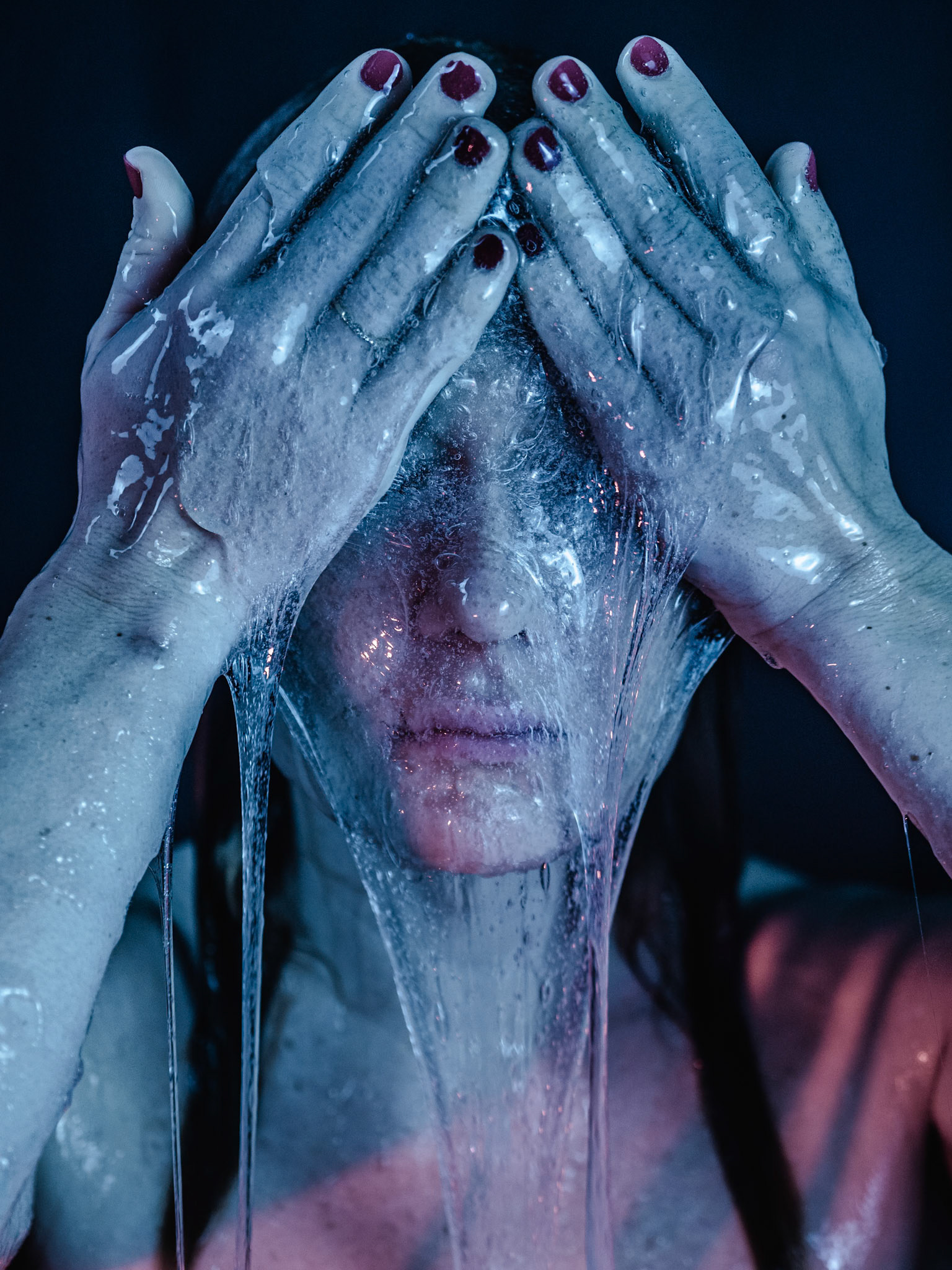
At this point, the model transitioned into the phase of acceptance. The photographer guided her by asking, "What happens if you stop resisting?" The model covered herself gently with the slime, embracing the very substance she once rejected. This act symbolized surrender—allowing emotions to exist without judgment.
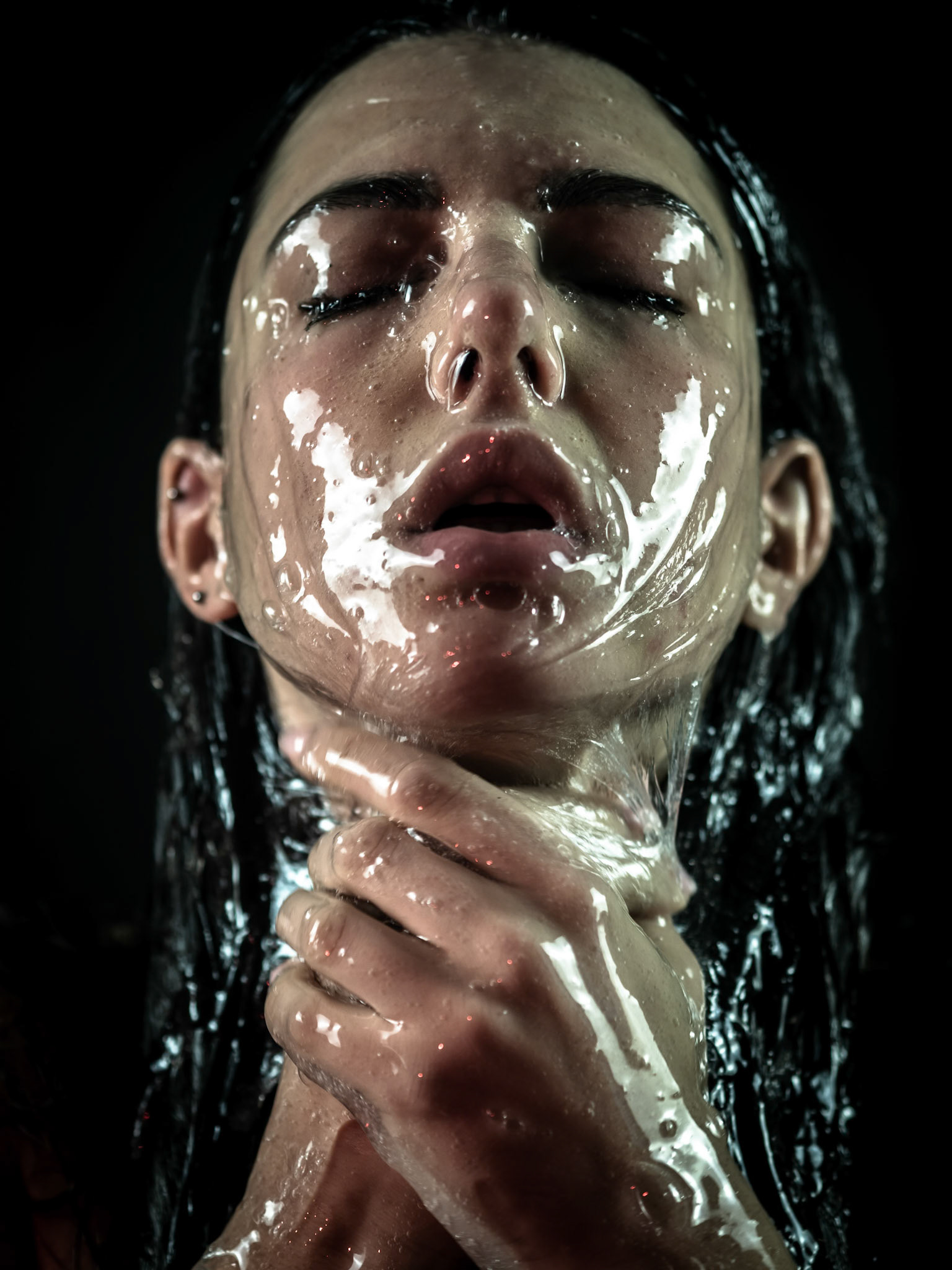
The liberation phase began with the question, "How does it feel to let go?" The model, now comfortable with the slime, allowed it to flow freely over her skin. The expression of pleasure and relief was spontaneous, embodying the joy of no longer fighting inner demons.
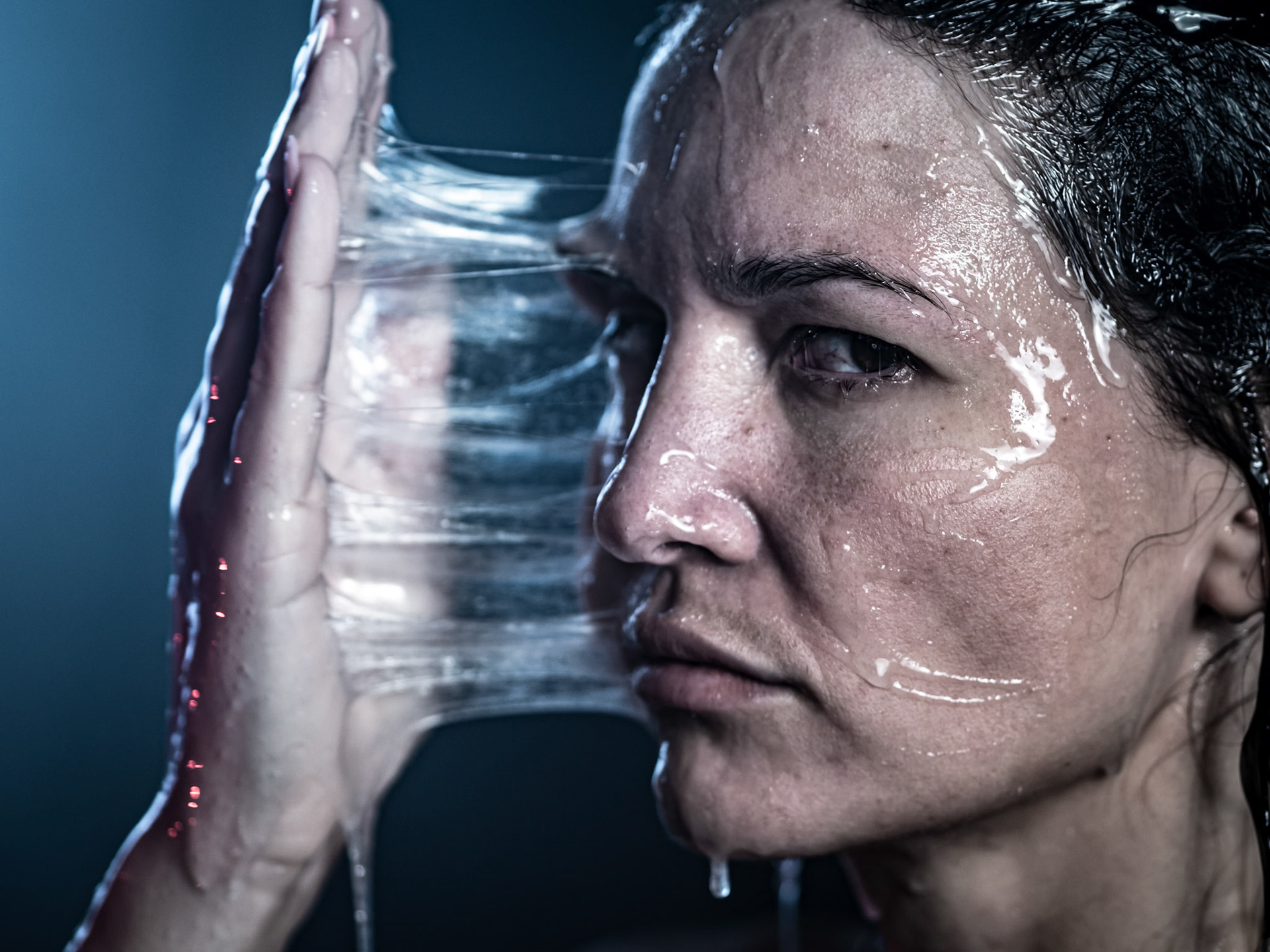
"What do you want to scream out but keep inside?" As she stretched the slime from her mouth, she embodied her frustration with limiting beliefs. This act of pulling the slime outward became a rejection of pain and the attempt to break free from imposed silence.
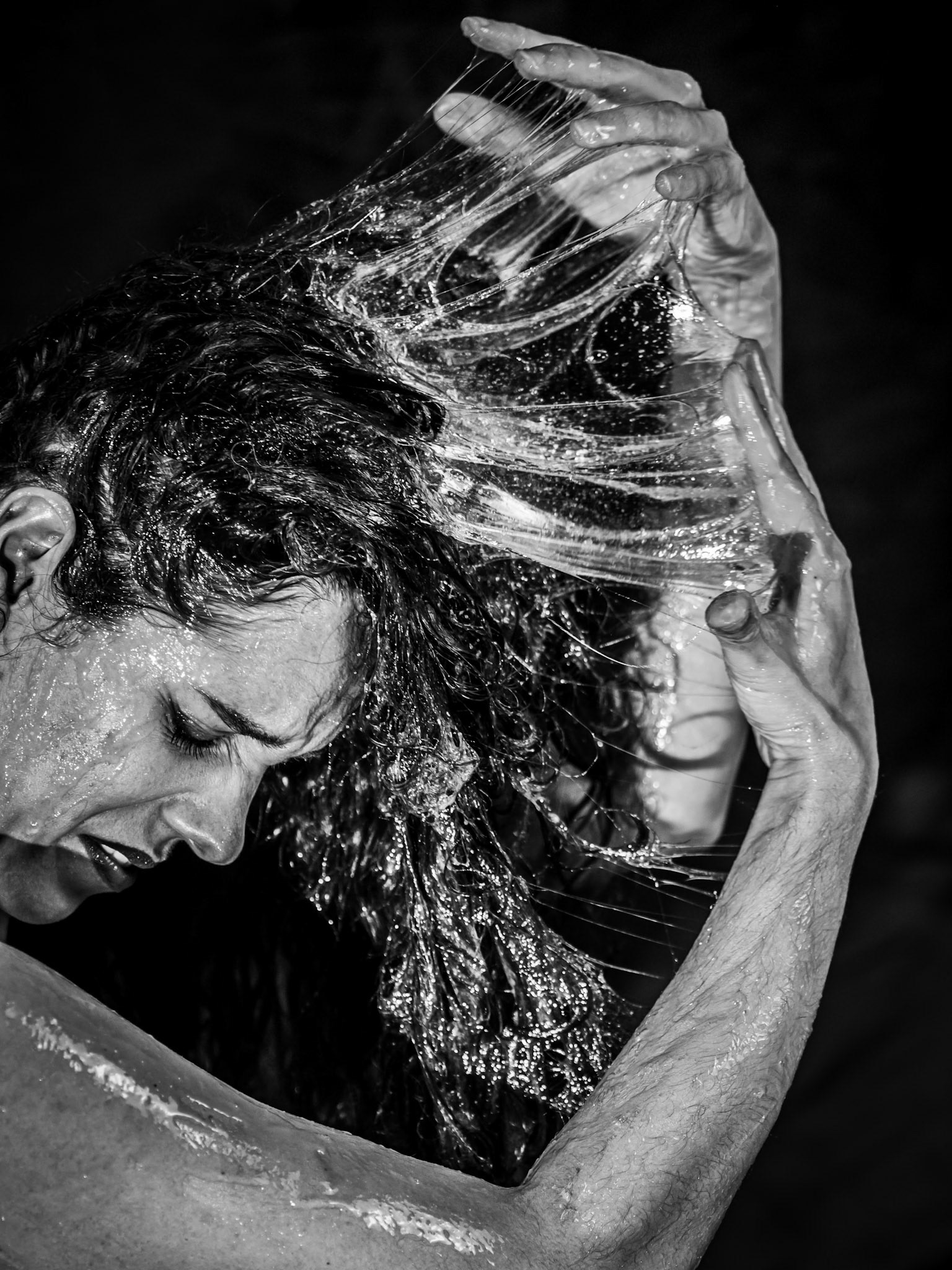
"Where do you feel broken inside?" As the slime tangled with her hair, it became a metaphor for being trapped in one’s own chaos. The model improvised by pulling at the strands, mirroring the frustration of untangling life’s complexities.
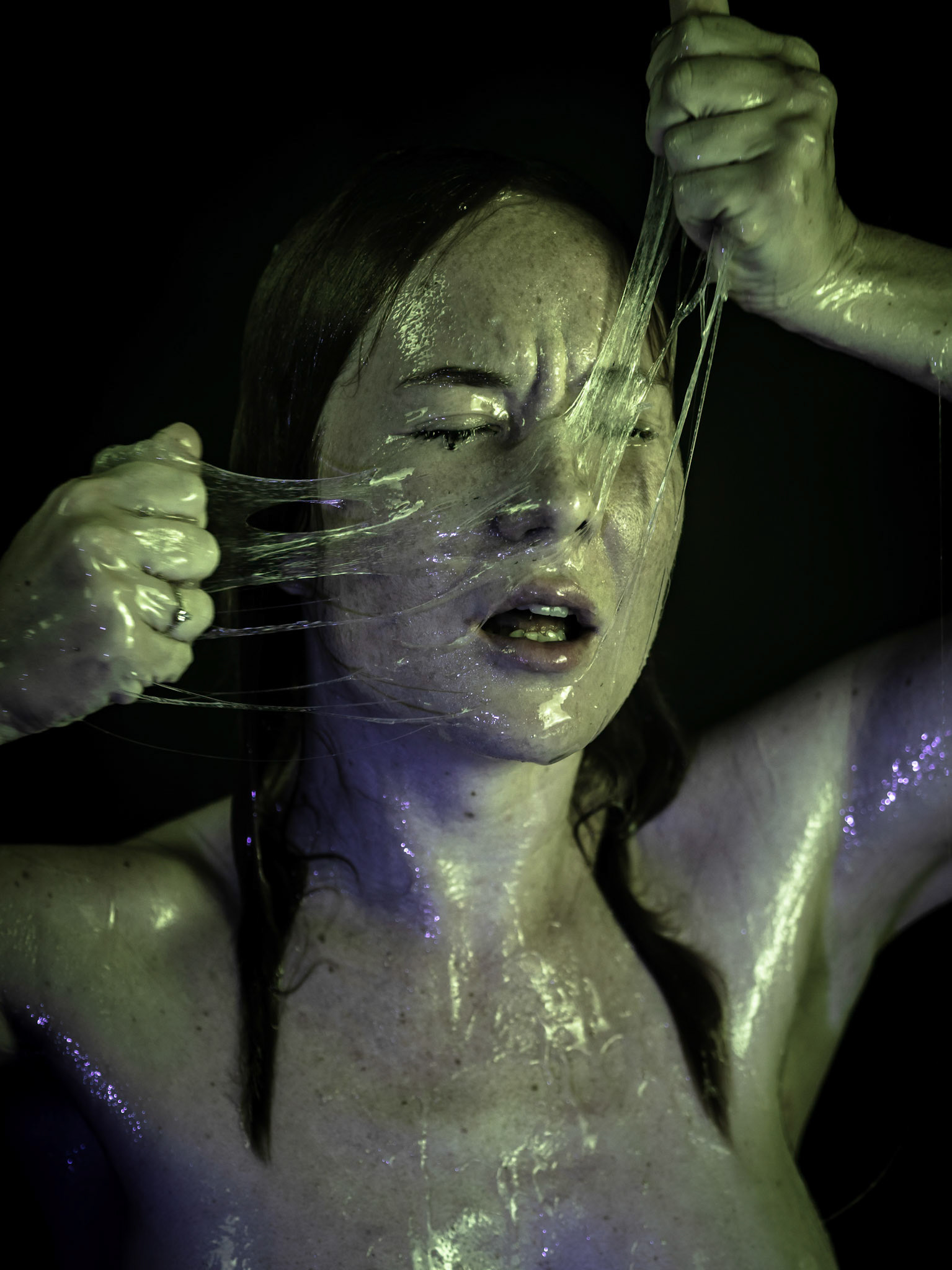
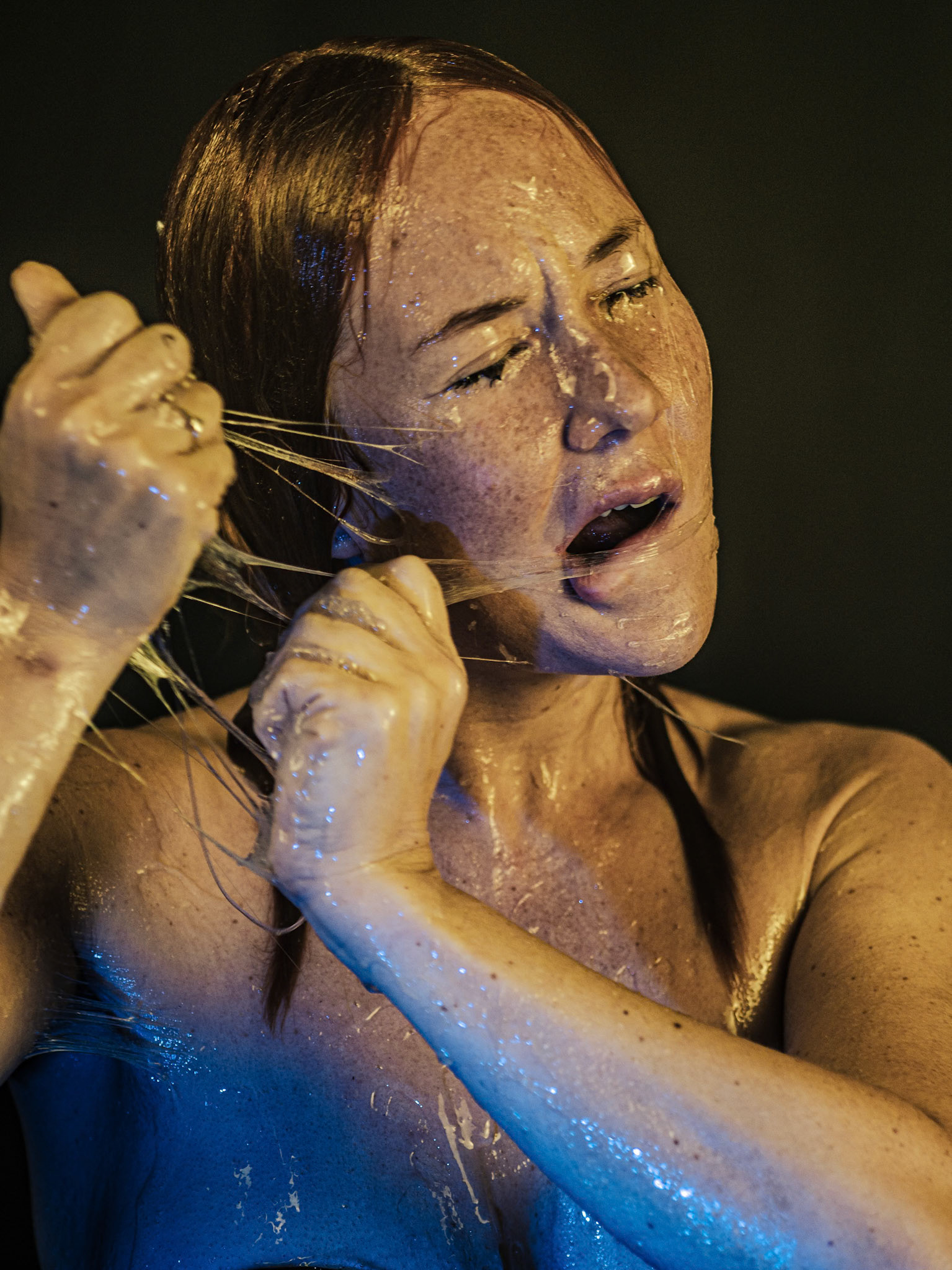

When asked, "What do you feel you cannot let go of?" the model erupted into a raw, visceral expression of frustration. Smearing the slime across her face, she embodied the crushing weight of self-deprecation. This moment encapsulated the climax of emotional burden, as though she were drowning beneath the surface of unresolved pain.
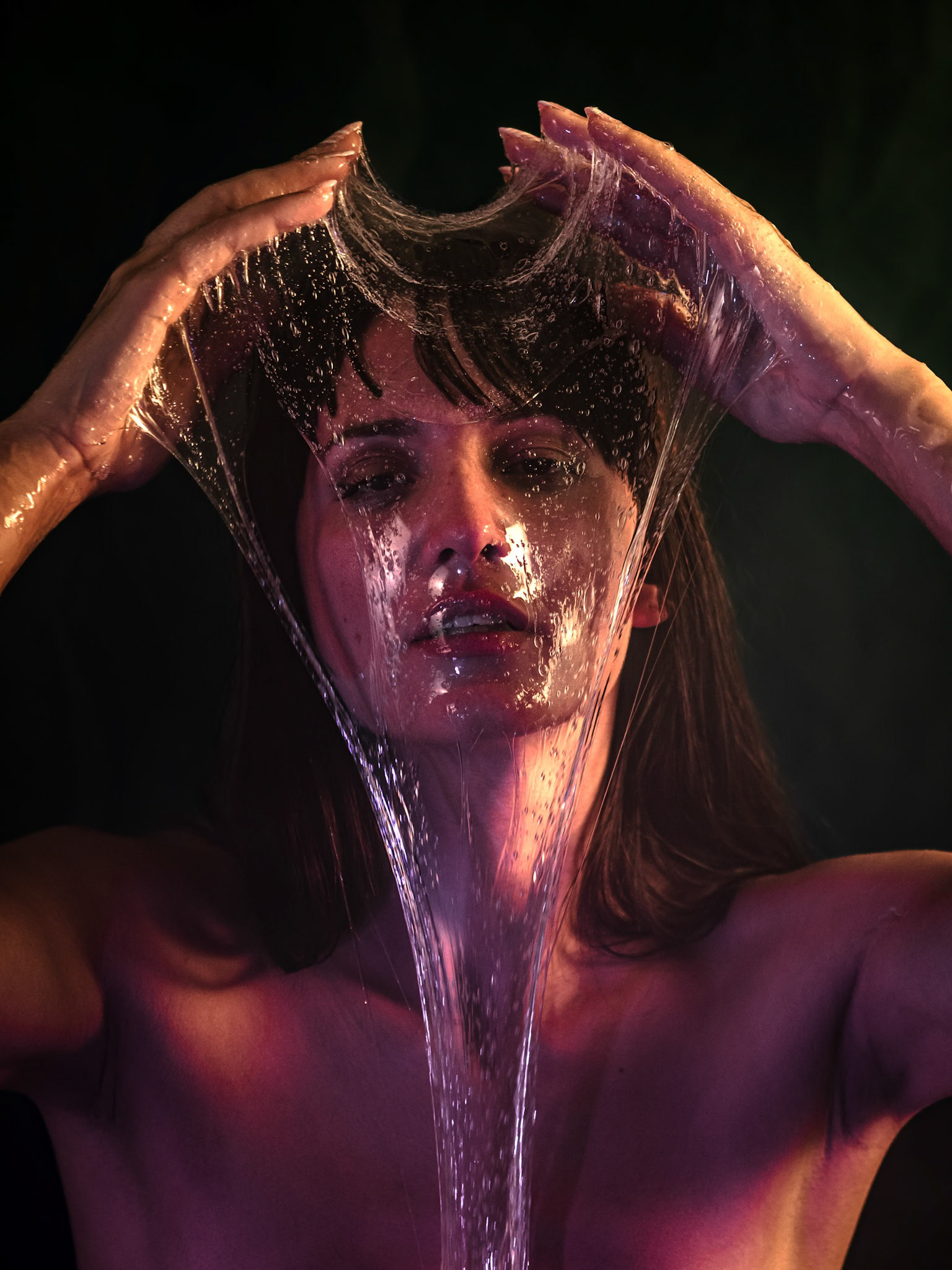
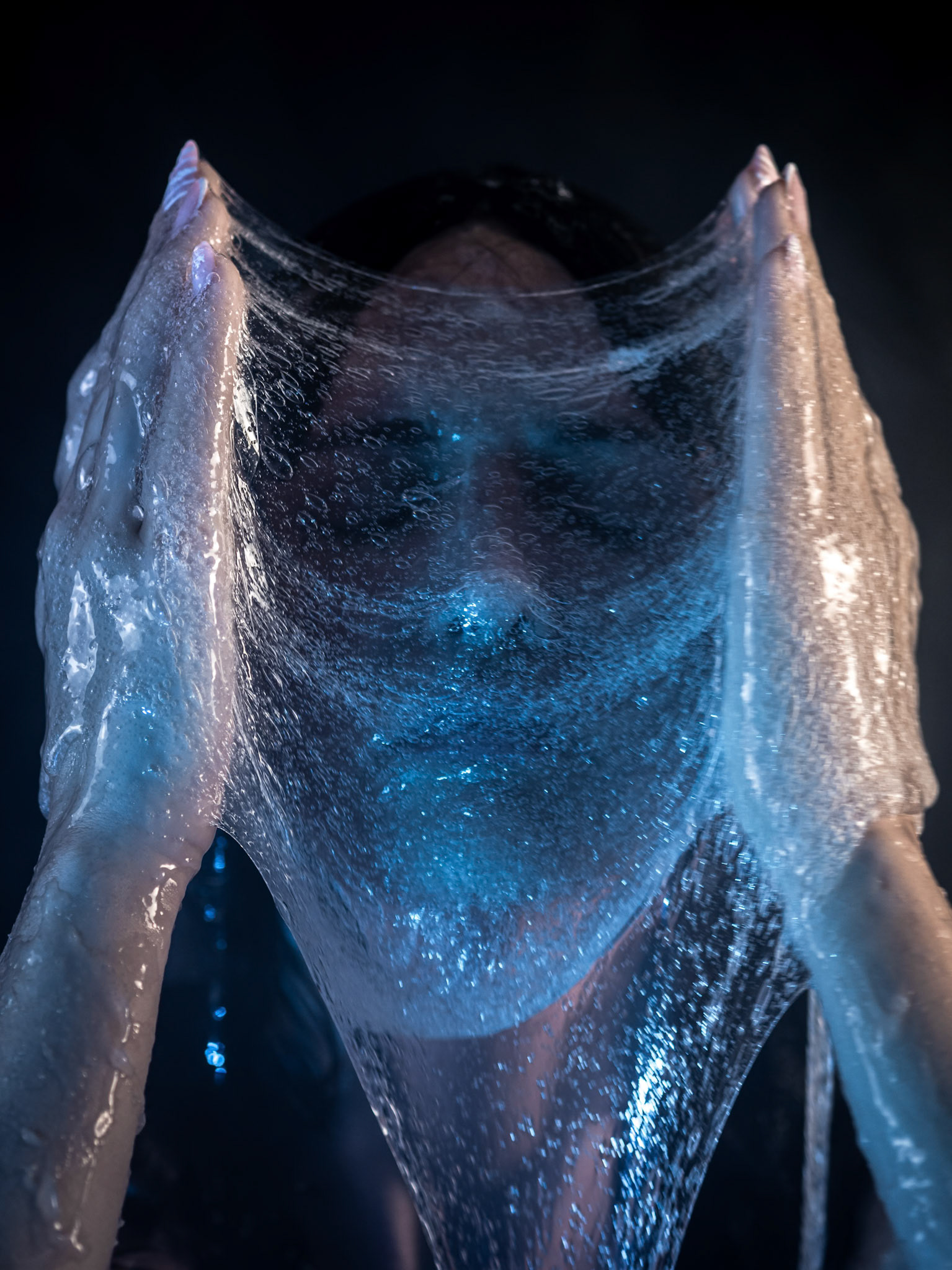
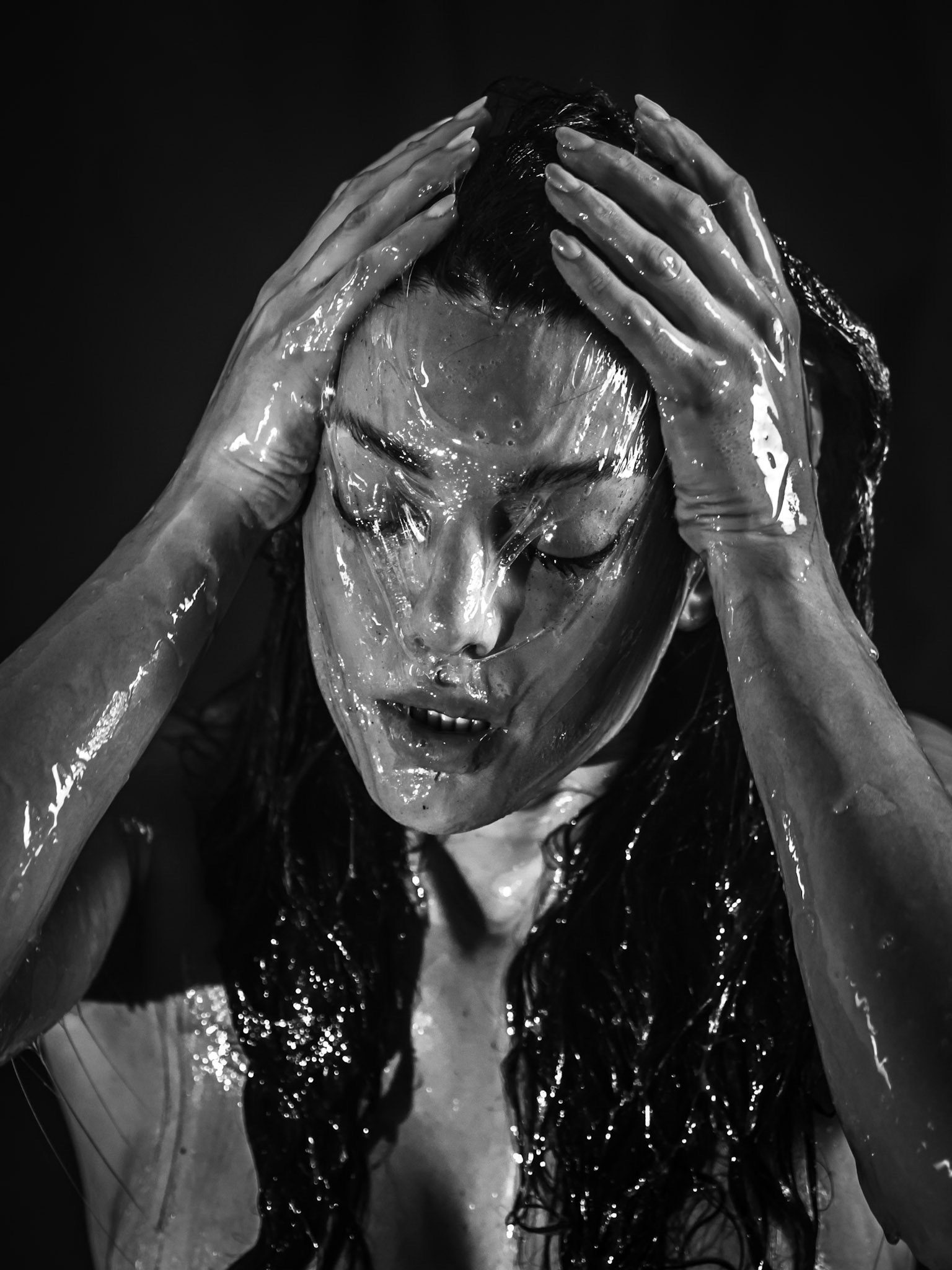
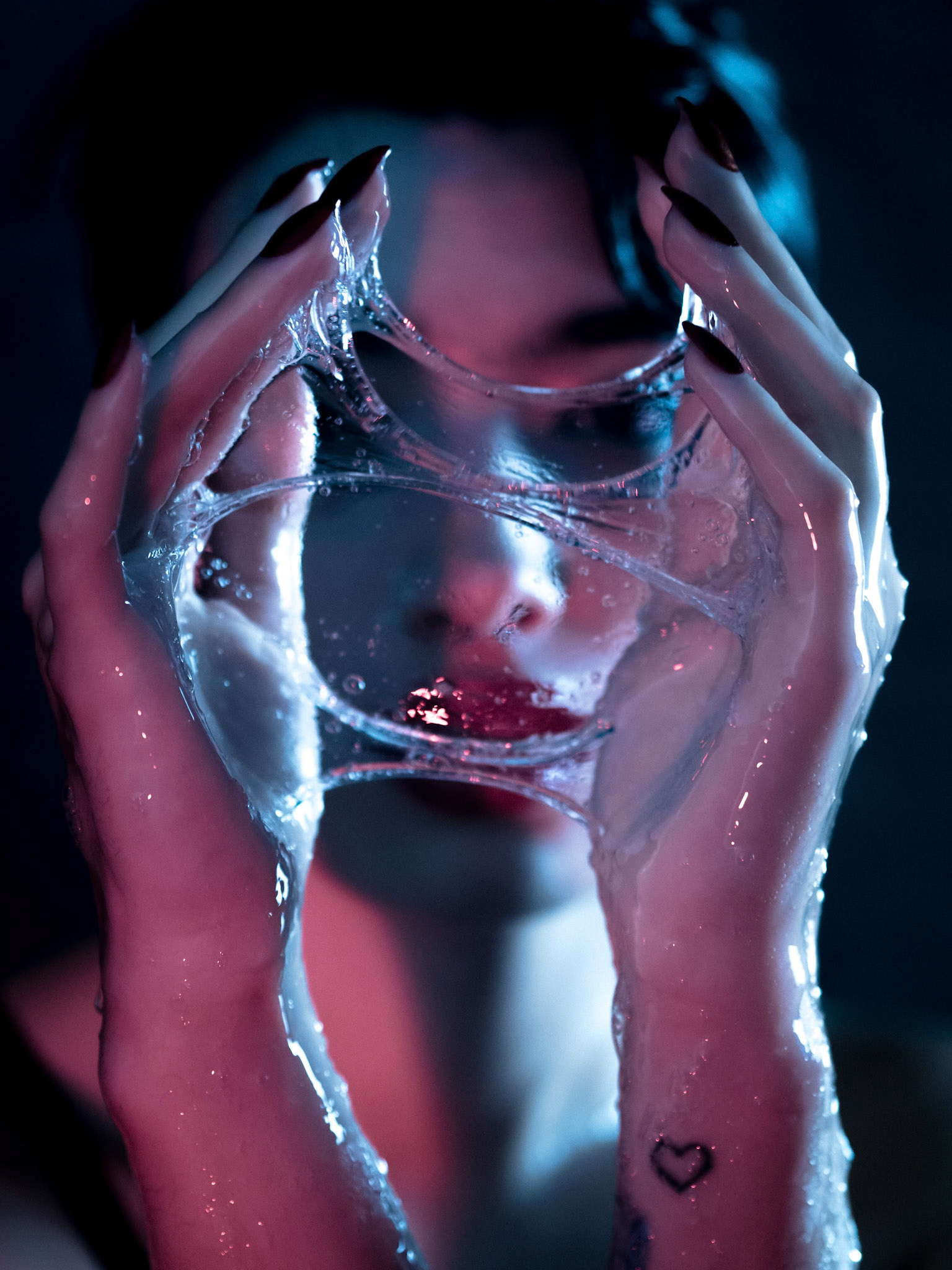
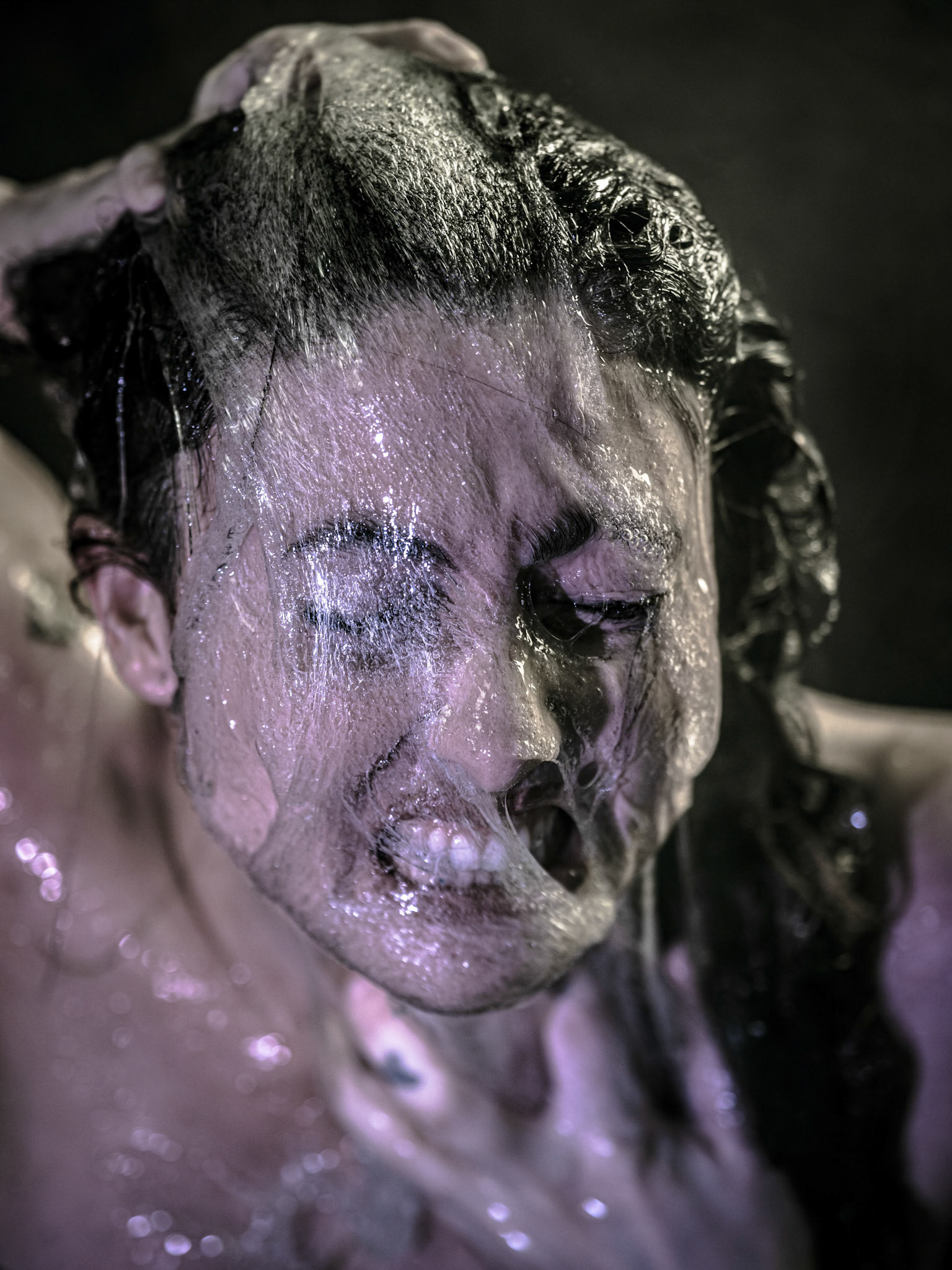
As a final act of rejecting suppressed emotions, the model expressed pure, primal rage. The photographer asked, "What are you angry about that you haven’t voiced?" The model pulled and twisted the slime in defiance, symbolizing the release of pent-up fury. The purple hue intensified the cathartic moment.
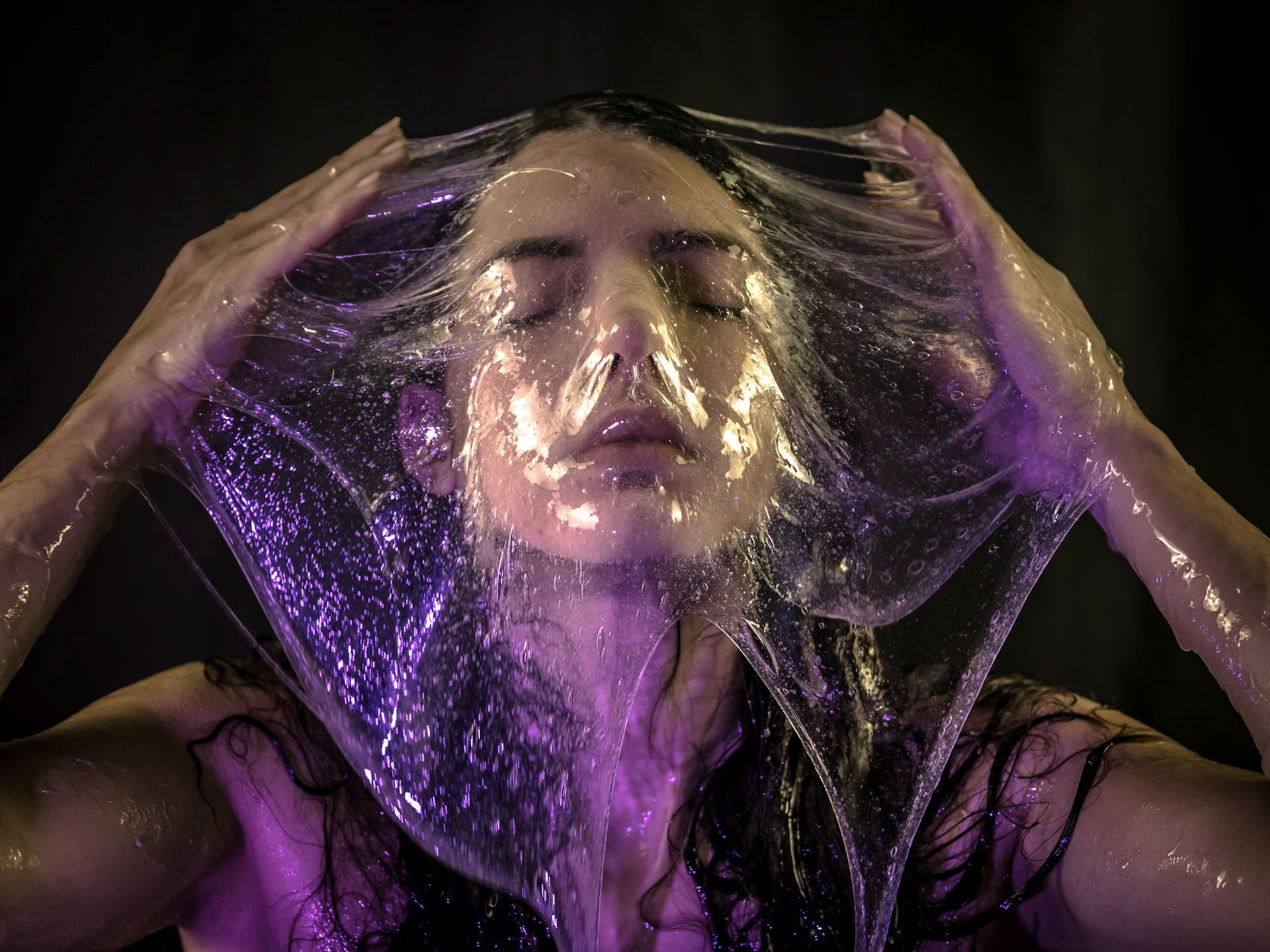
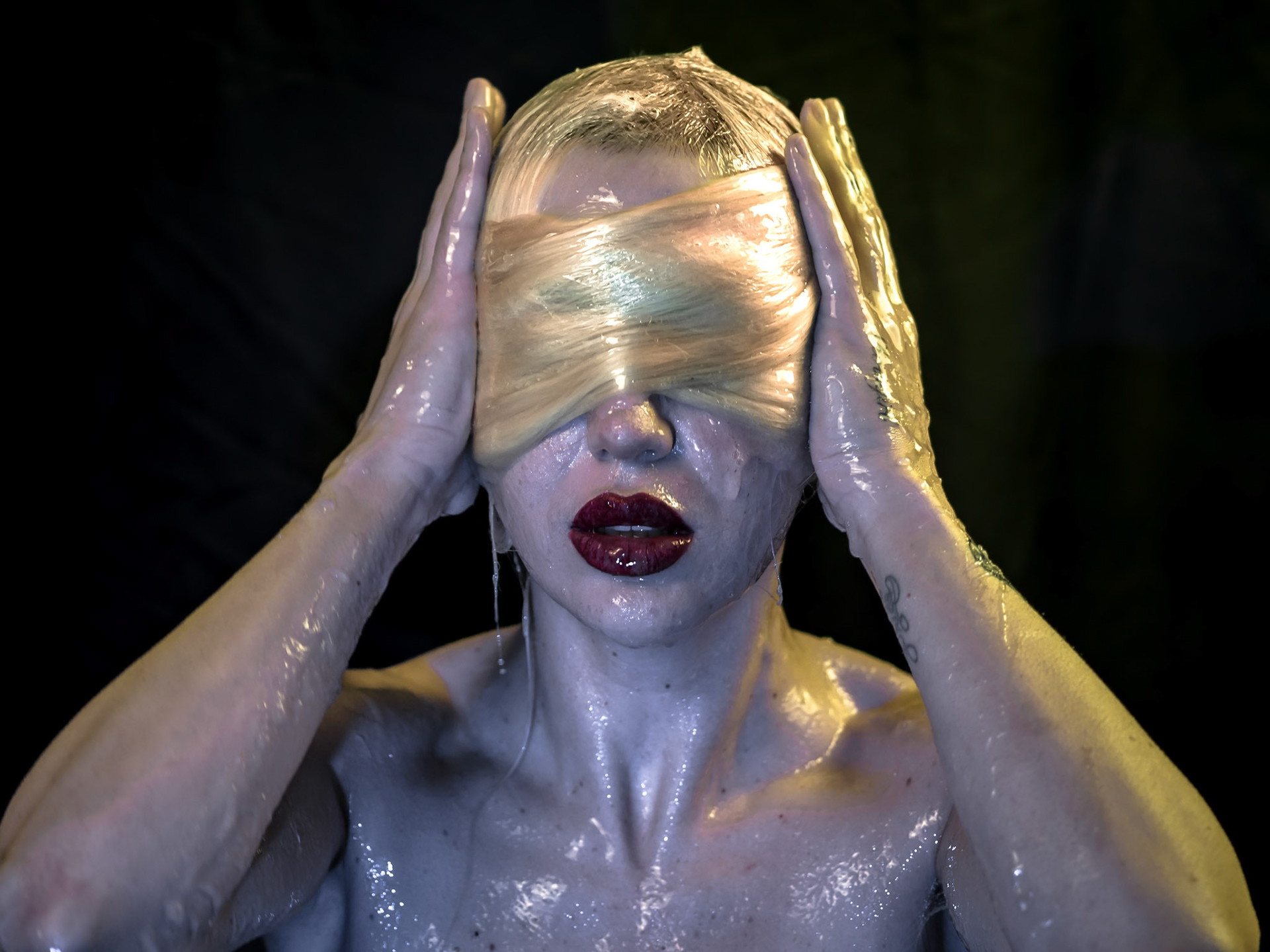
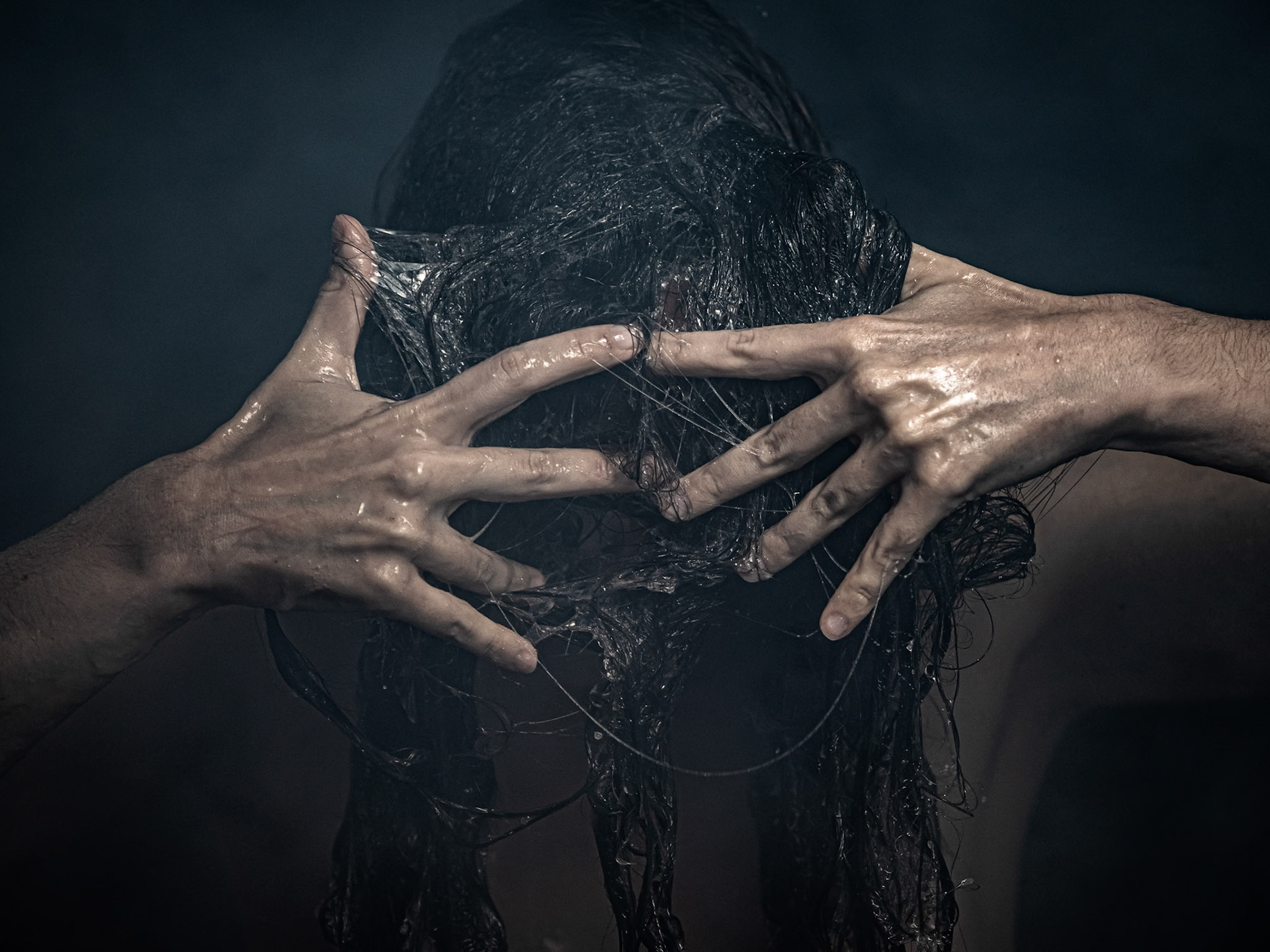
"What are you hiding from?" The model instinctively shielded her face with her hair coated in slime, symbolizing the deep-rooted desire to remain unseen. This moment captured the raw acknowledgment of shame and self-rejection. As she began parting her hair to look outward, she embodied the internal struggle to confront her fears and embrace self-awareness.
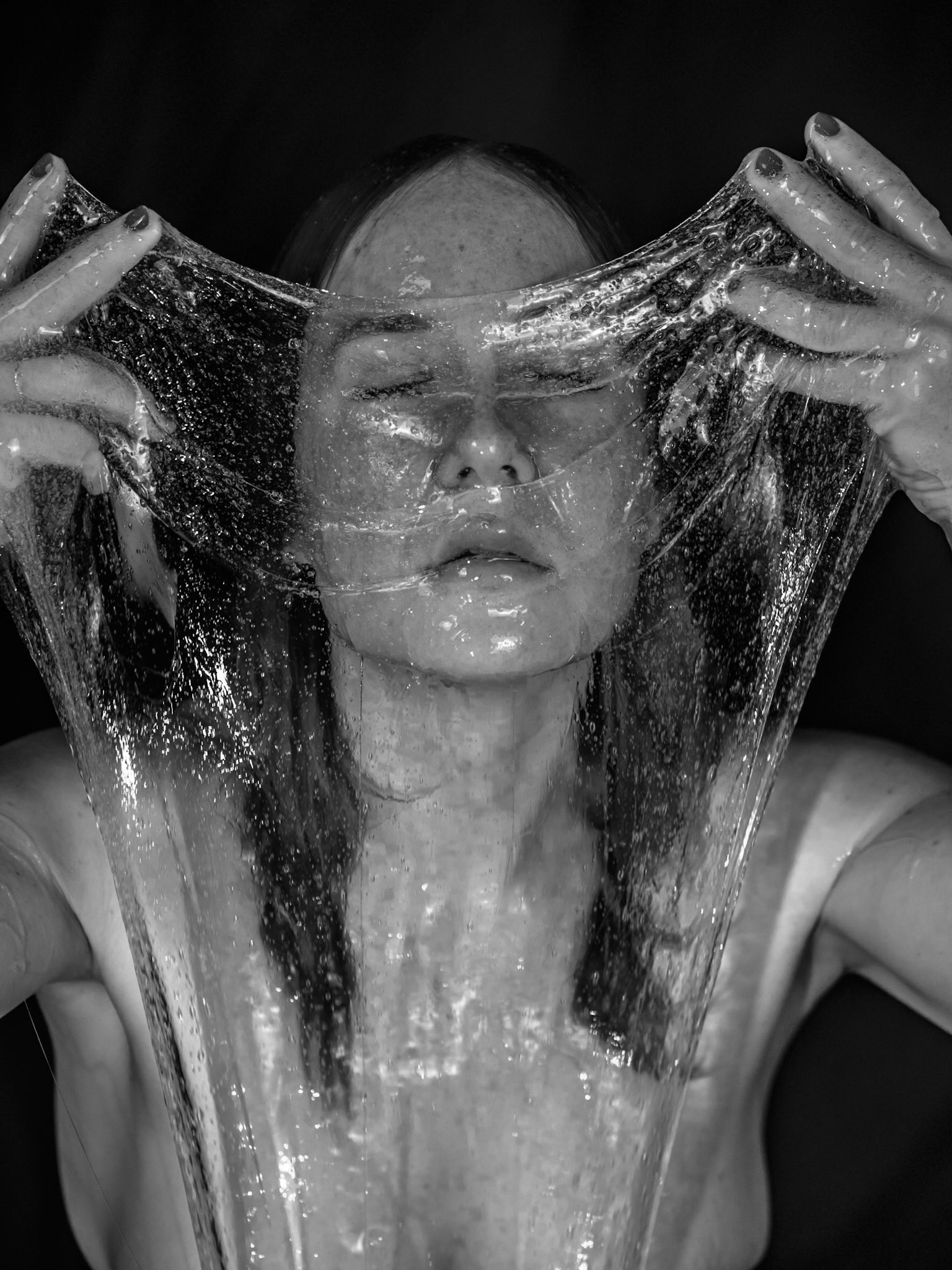
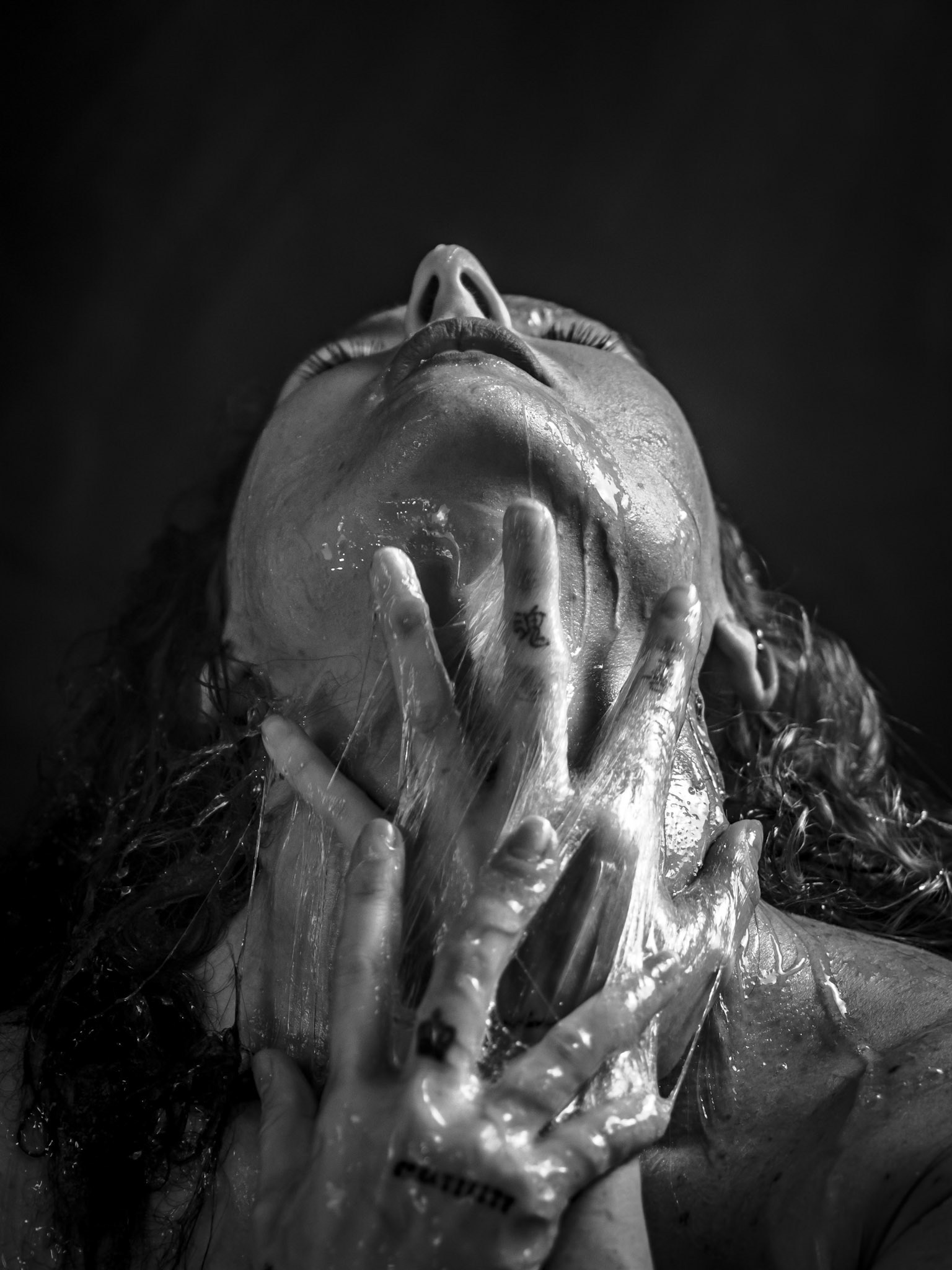
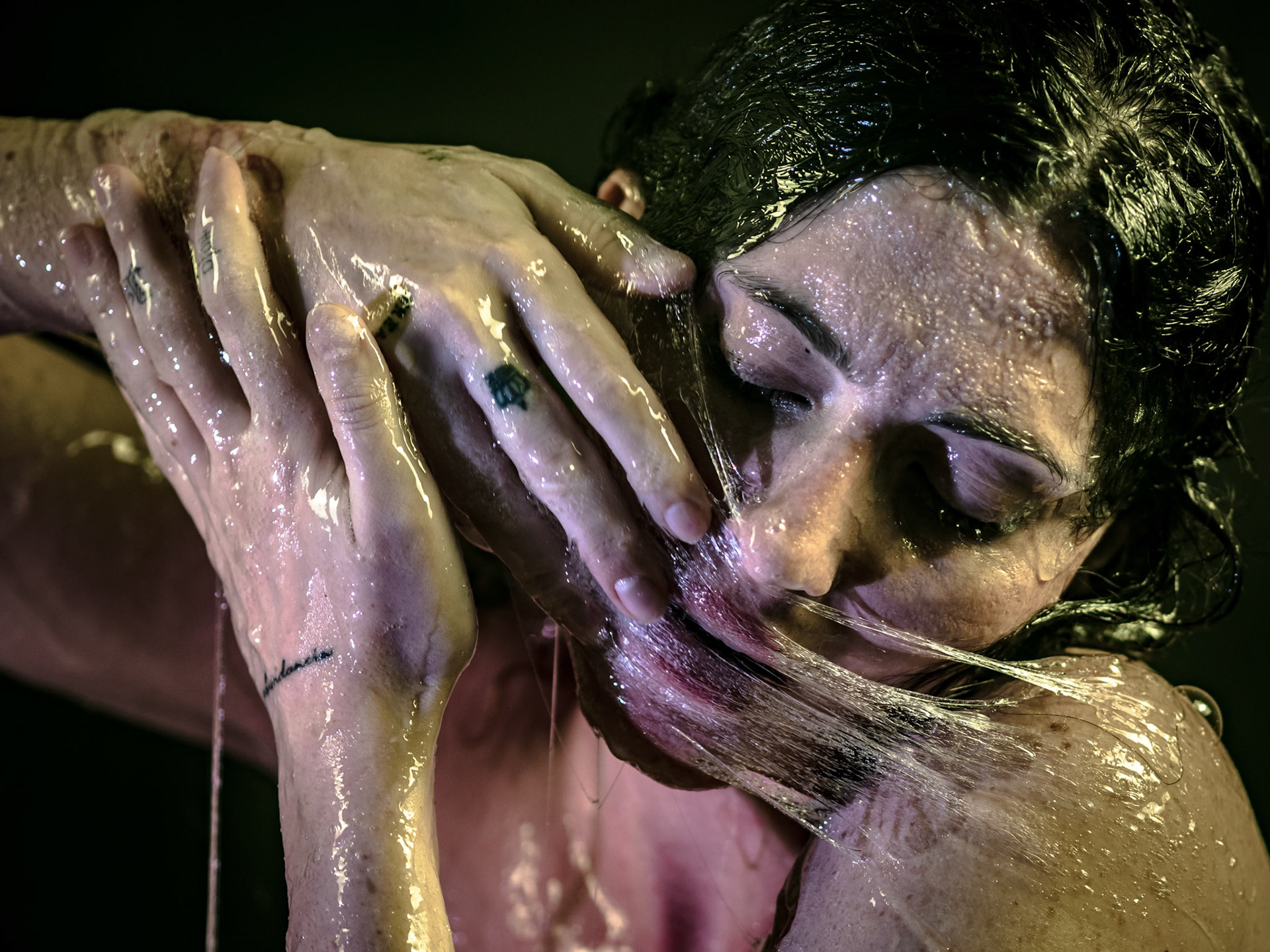
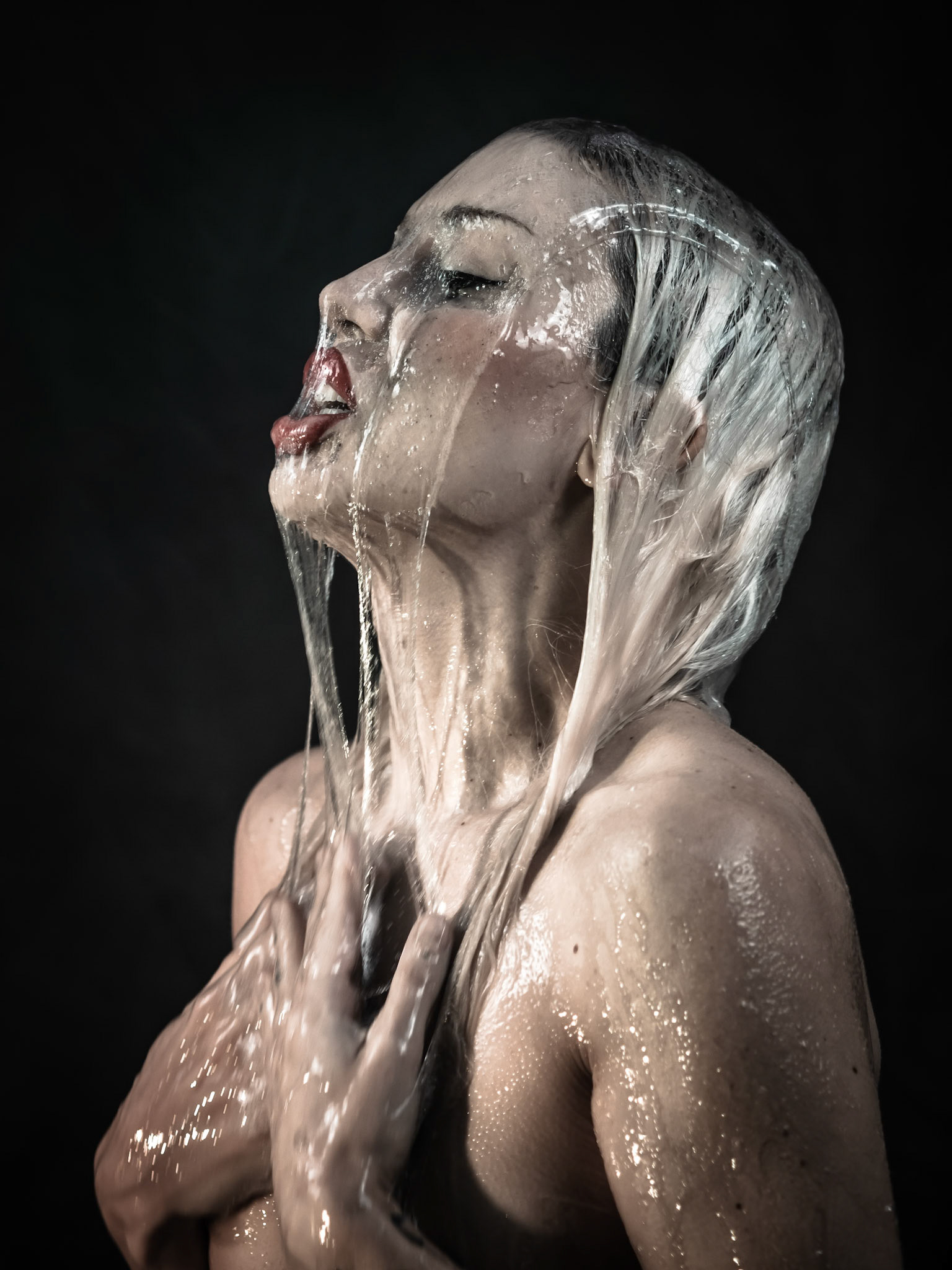
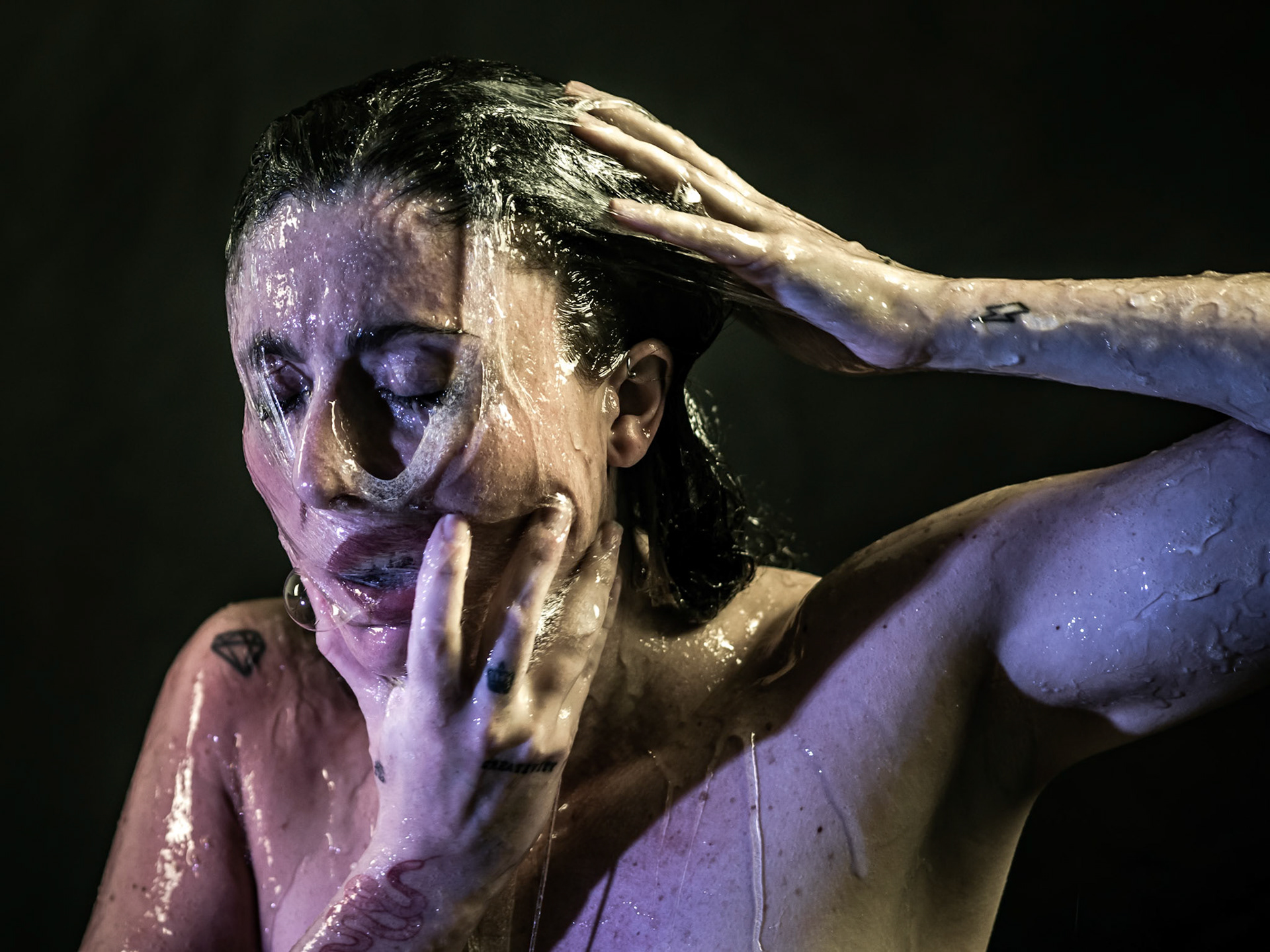

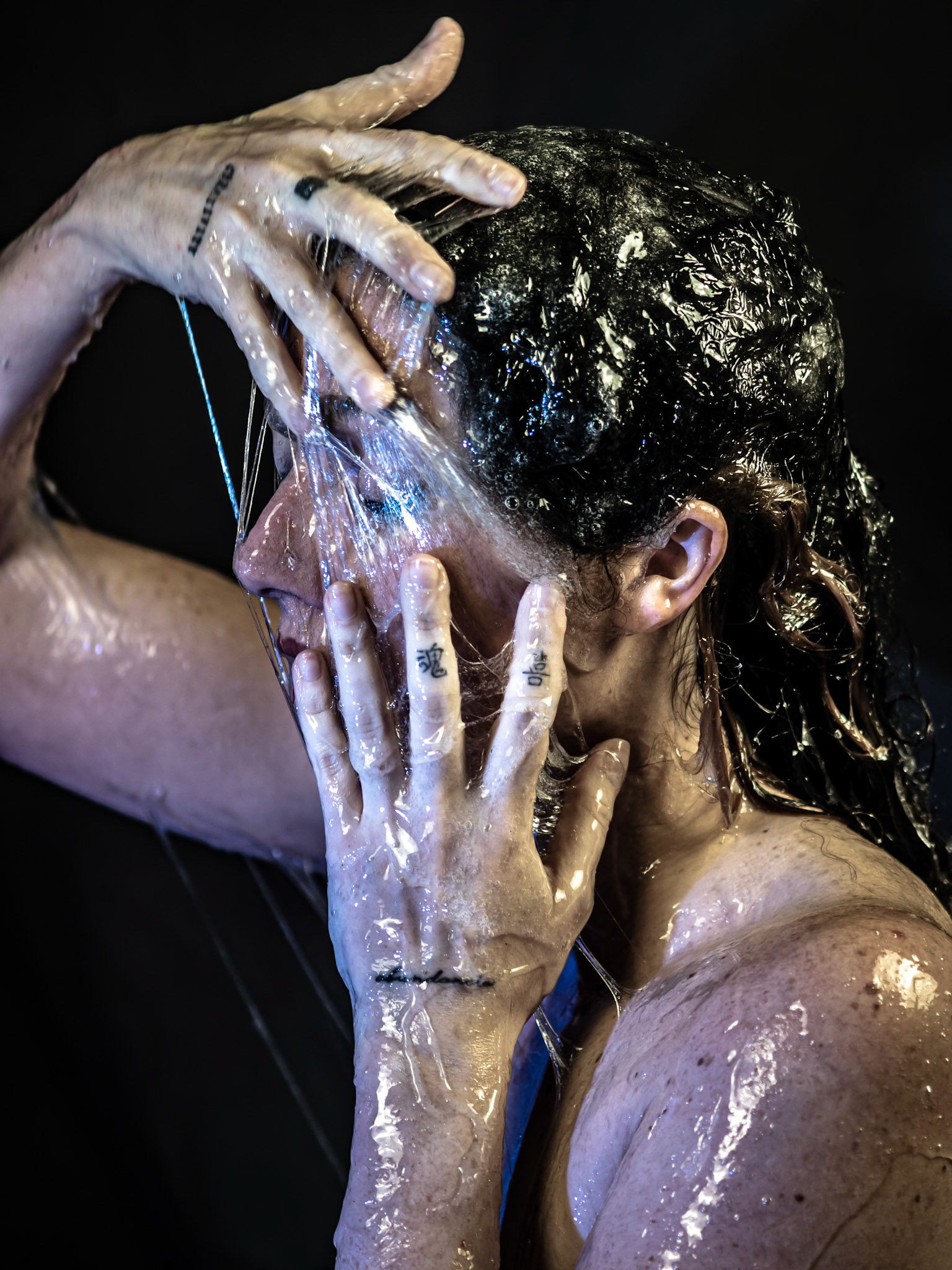
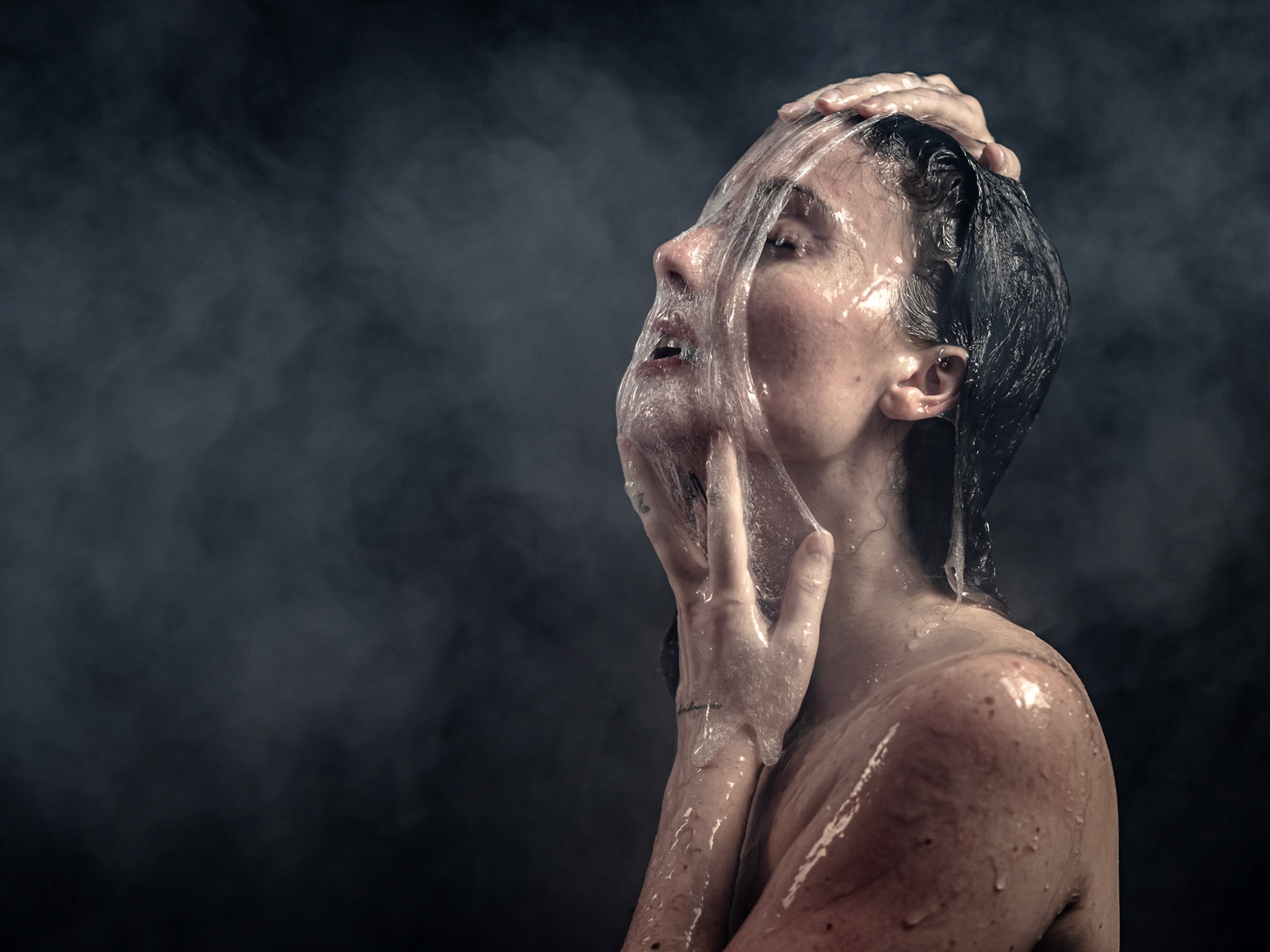
"What if you embrace it?" The model slowly peeled the slime from her face, symbolizing the shedding of burdens. This phase reflected peace—a quiet realization that freedom comes from accepting and letting go.
